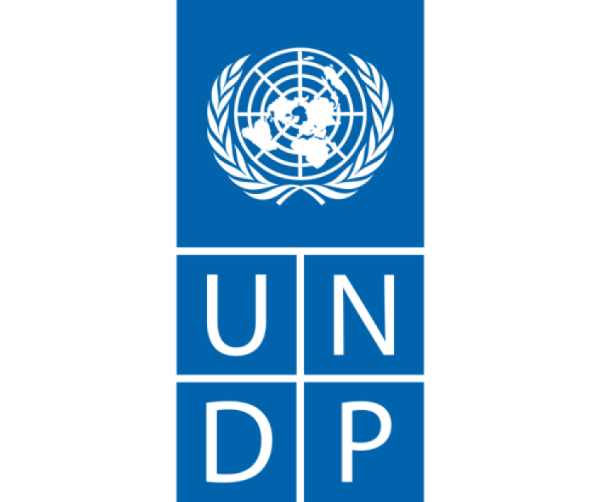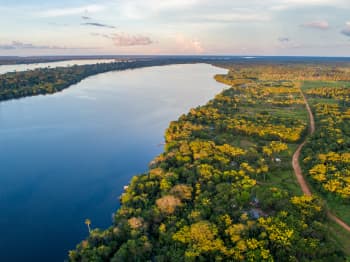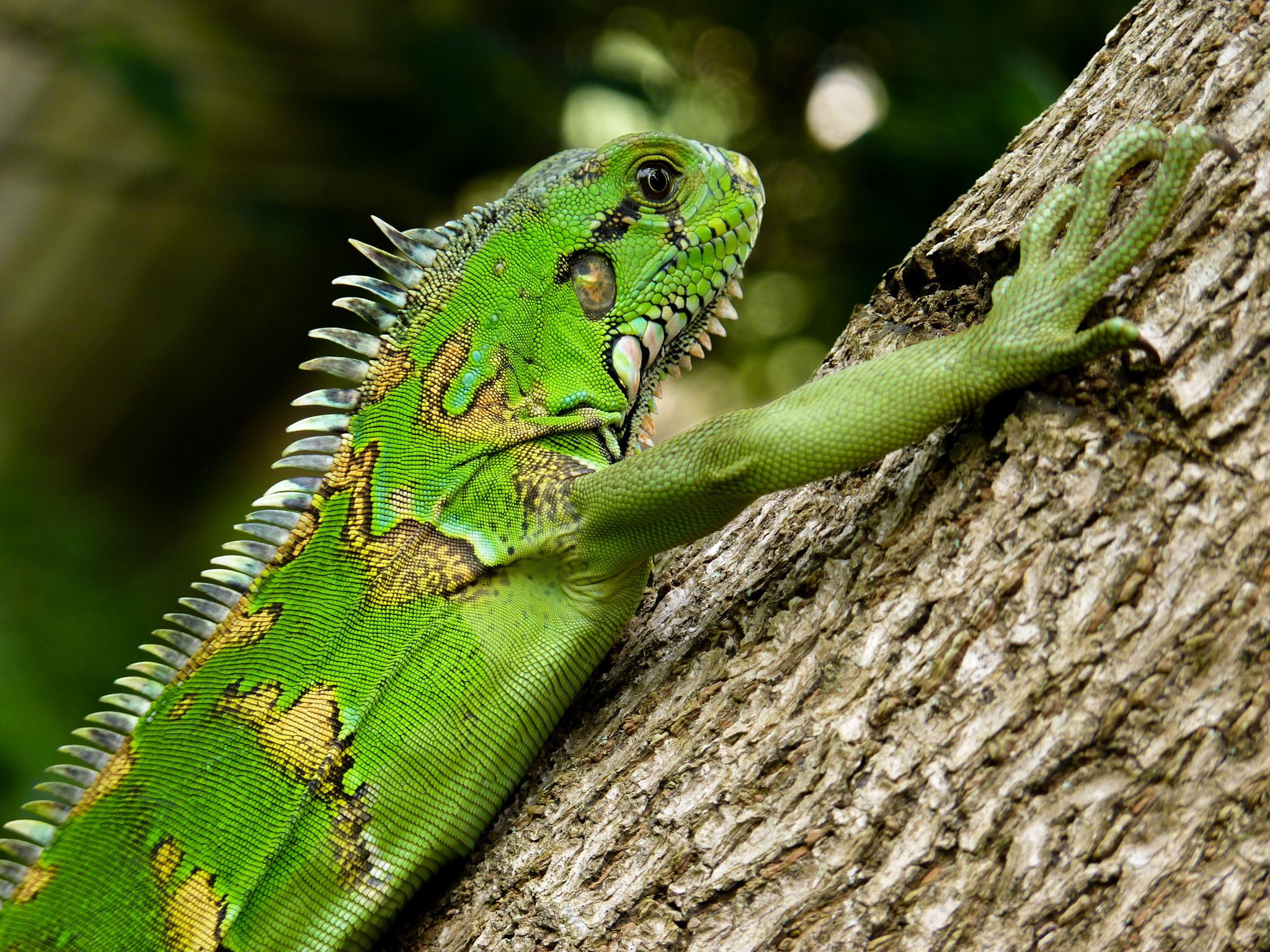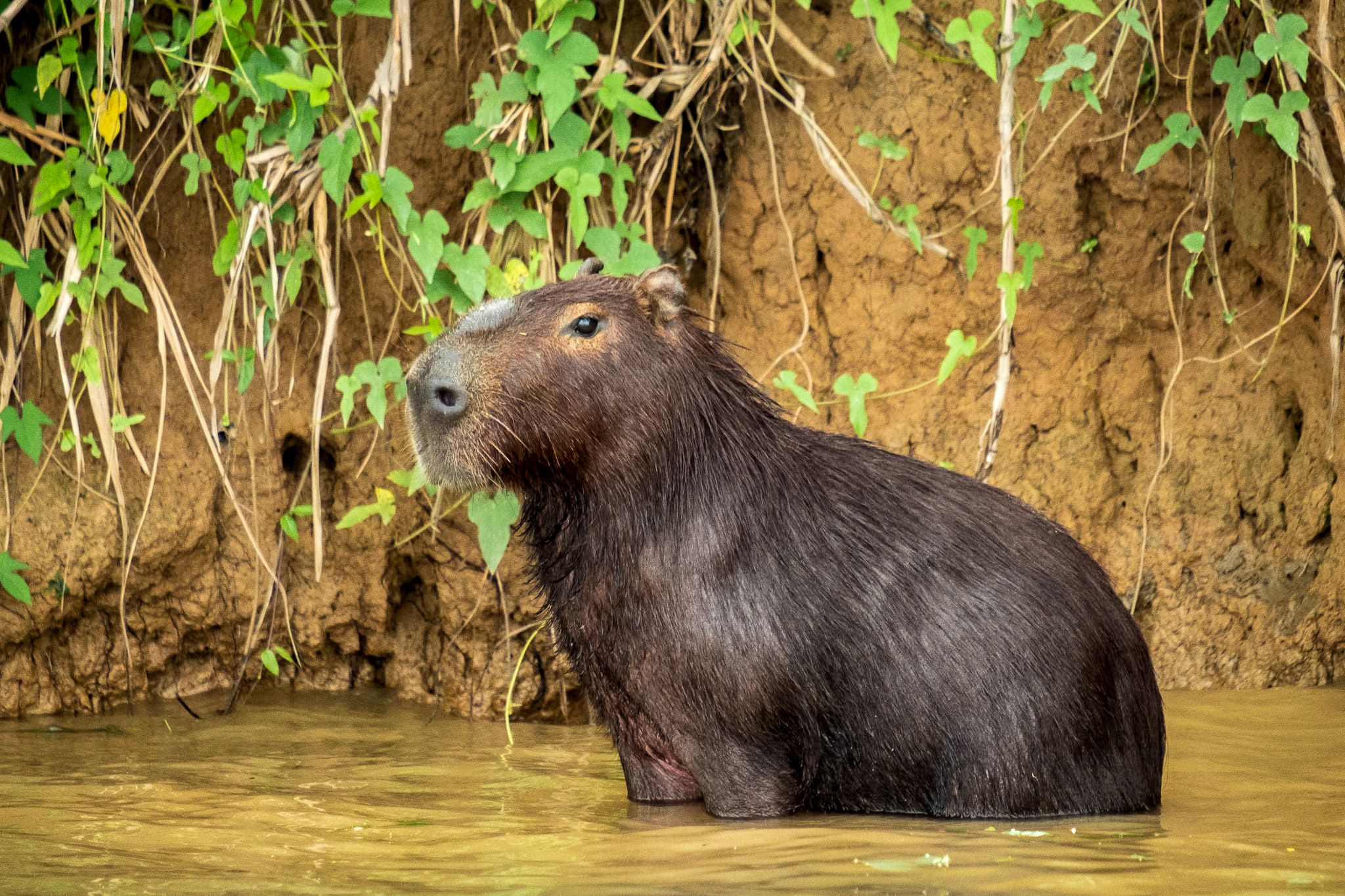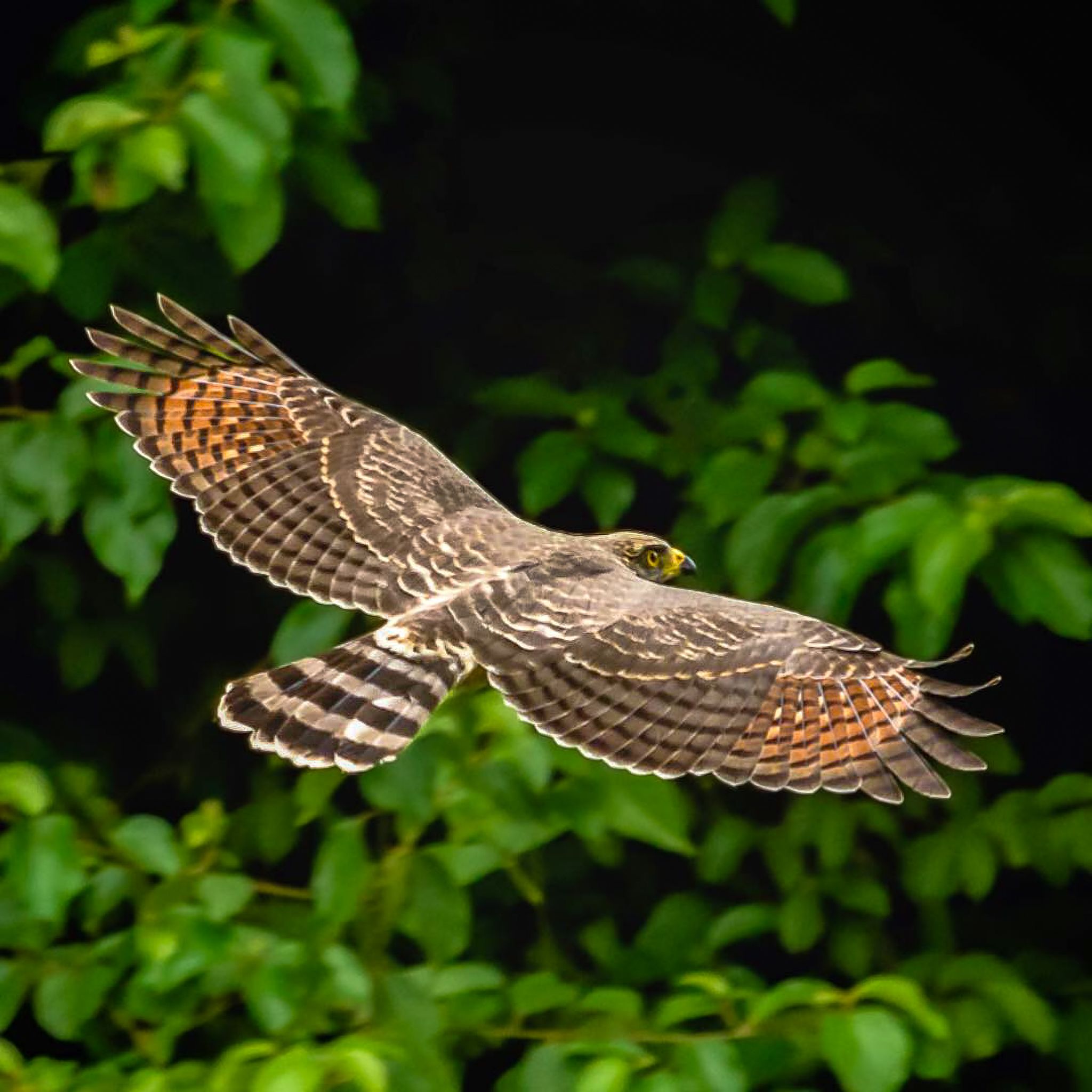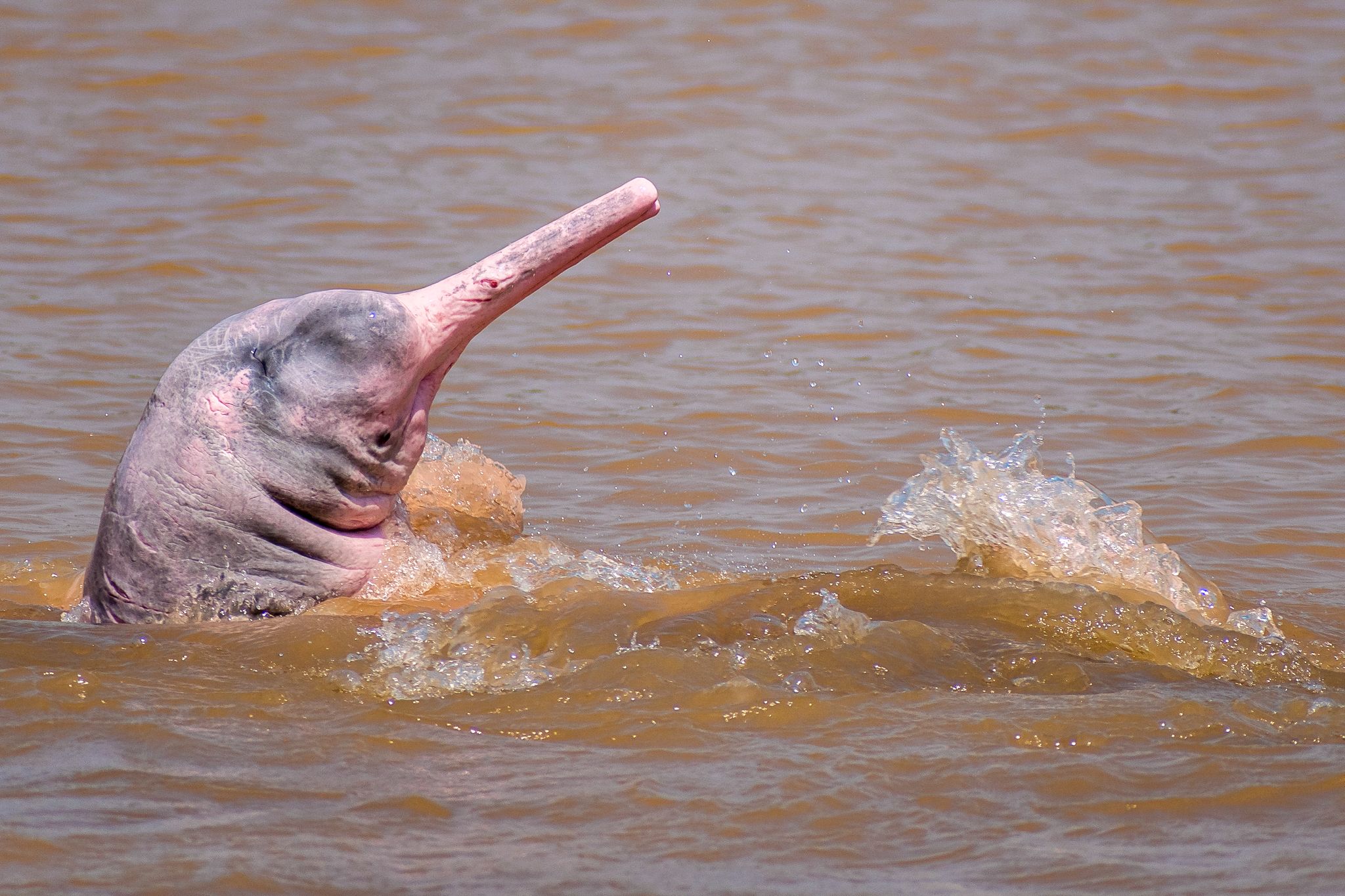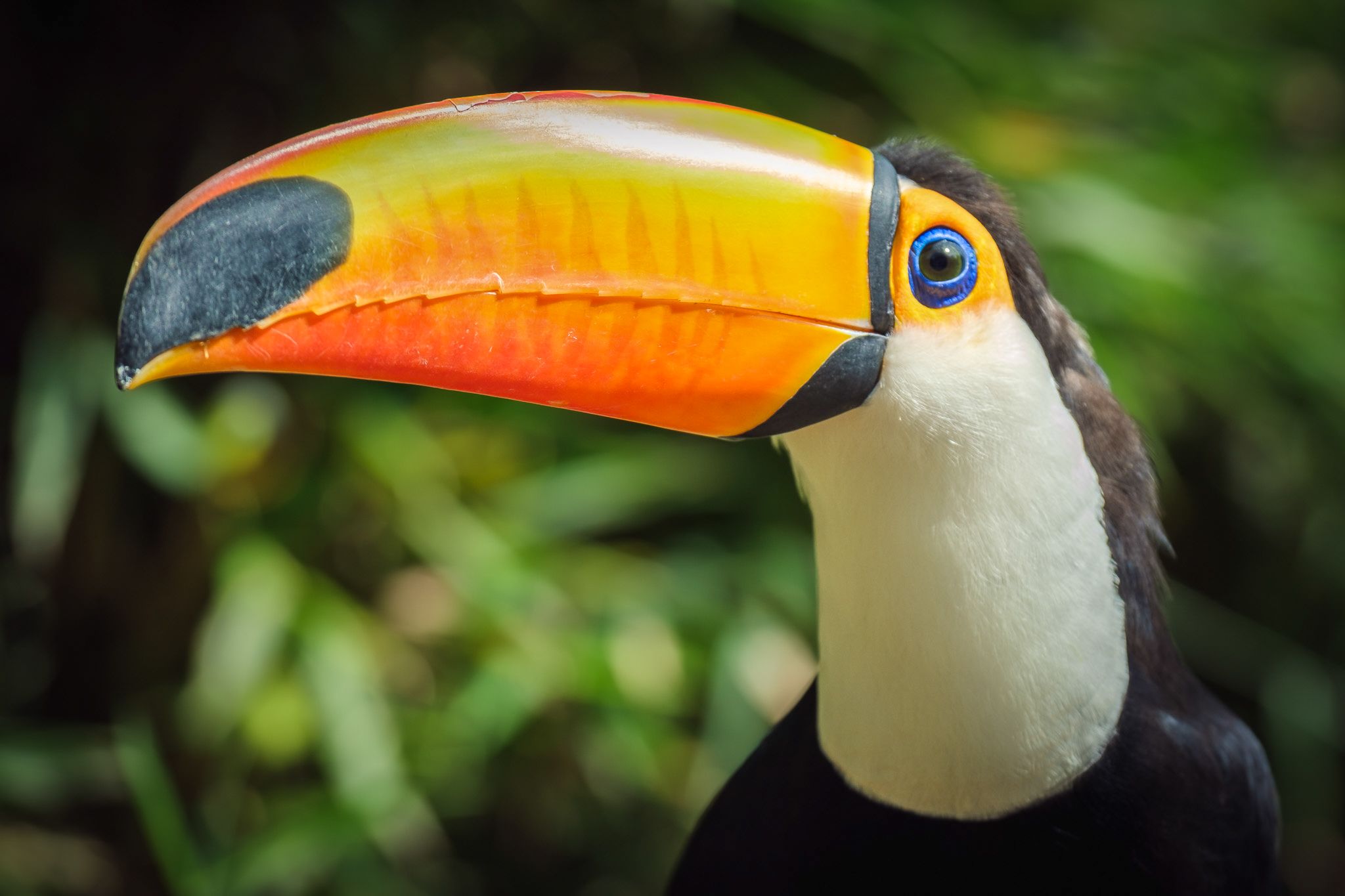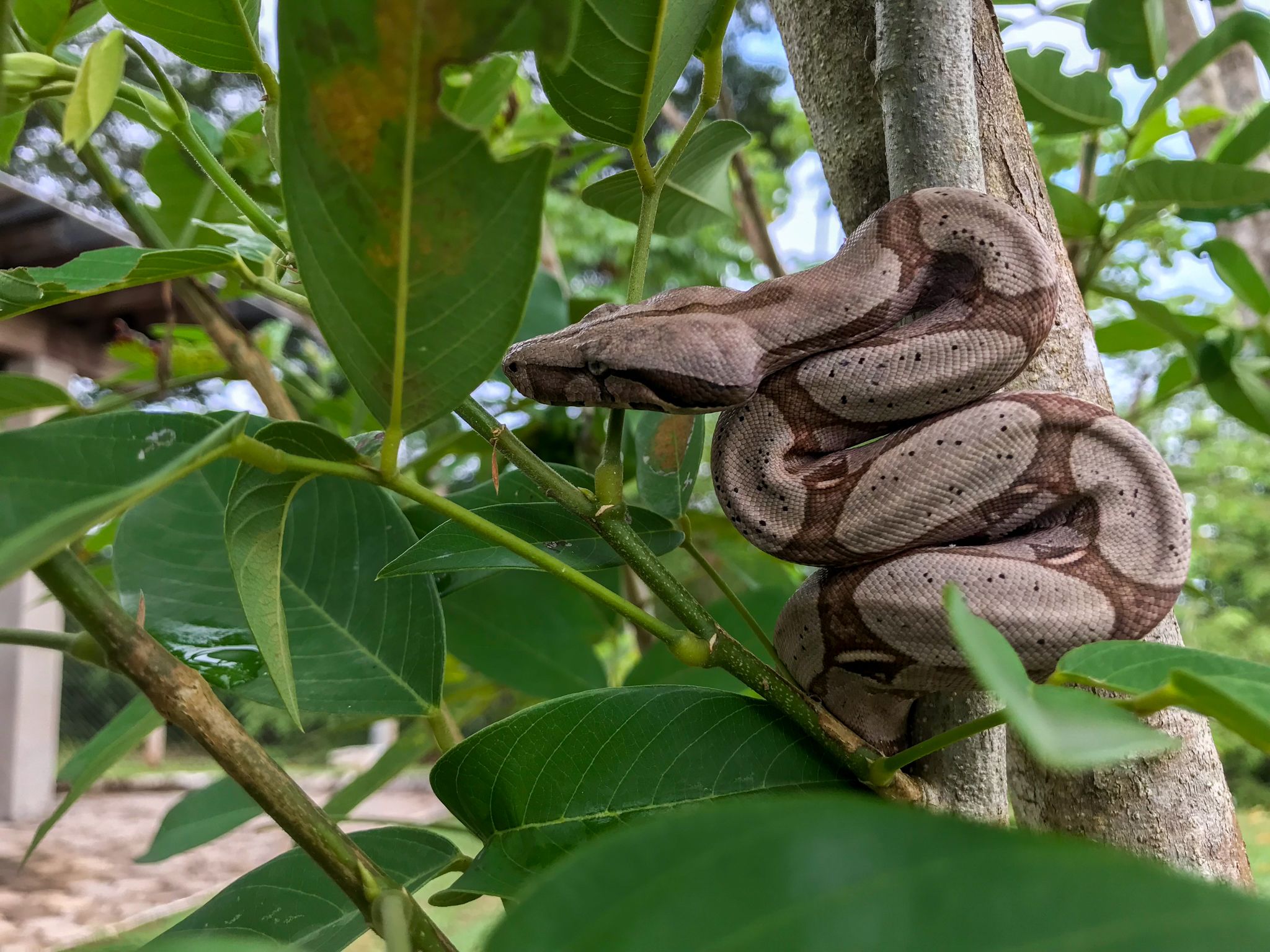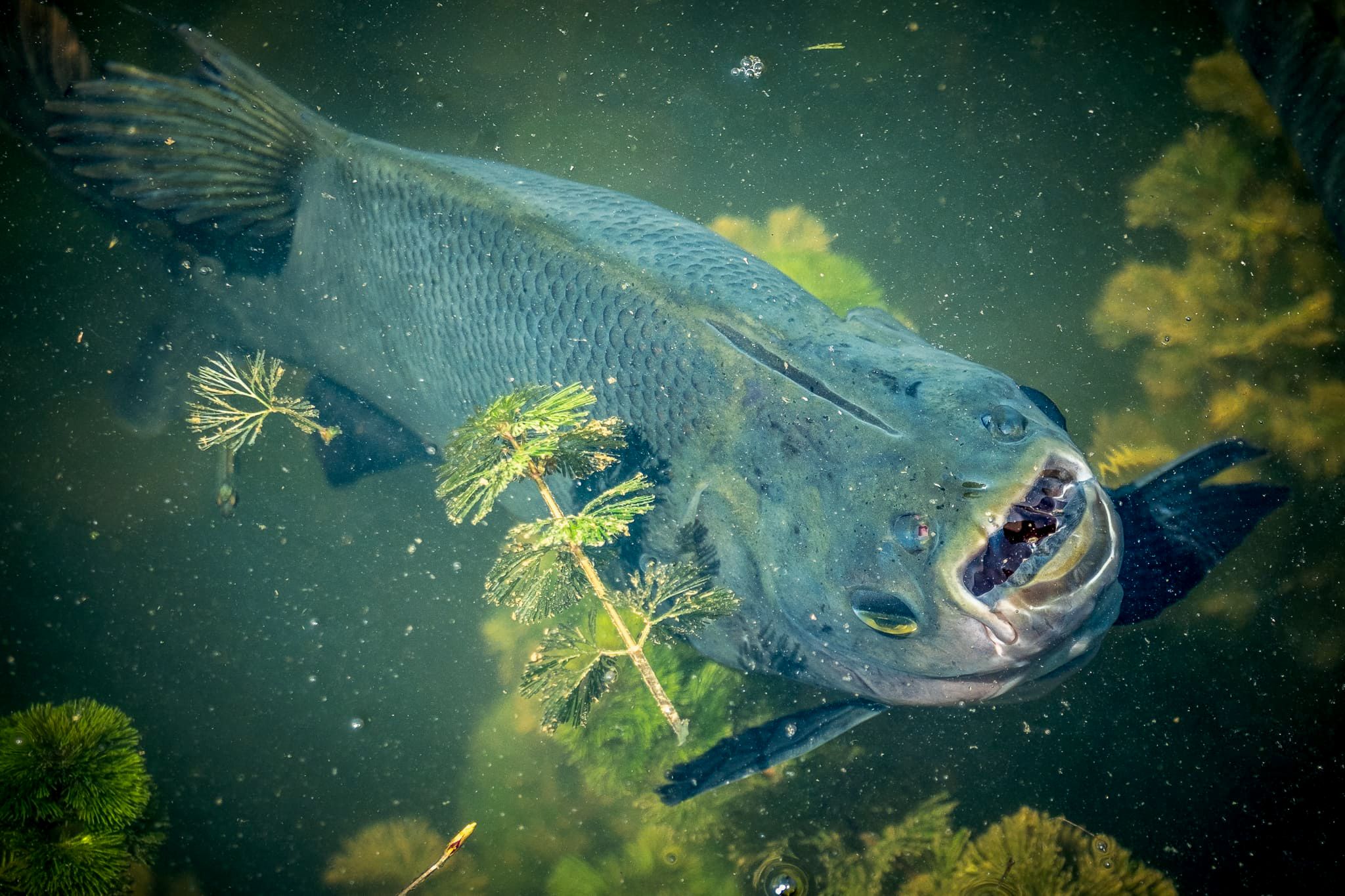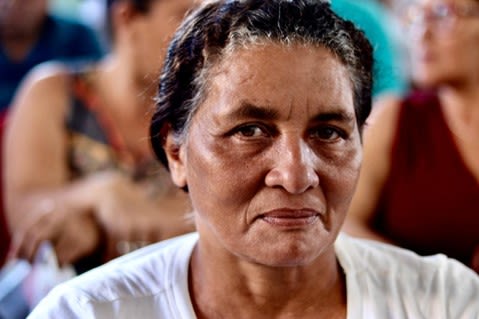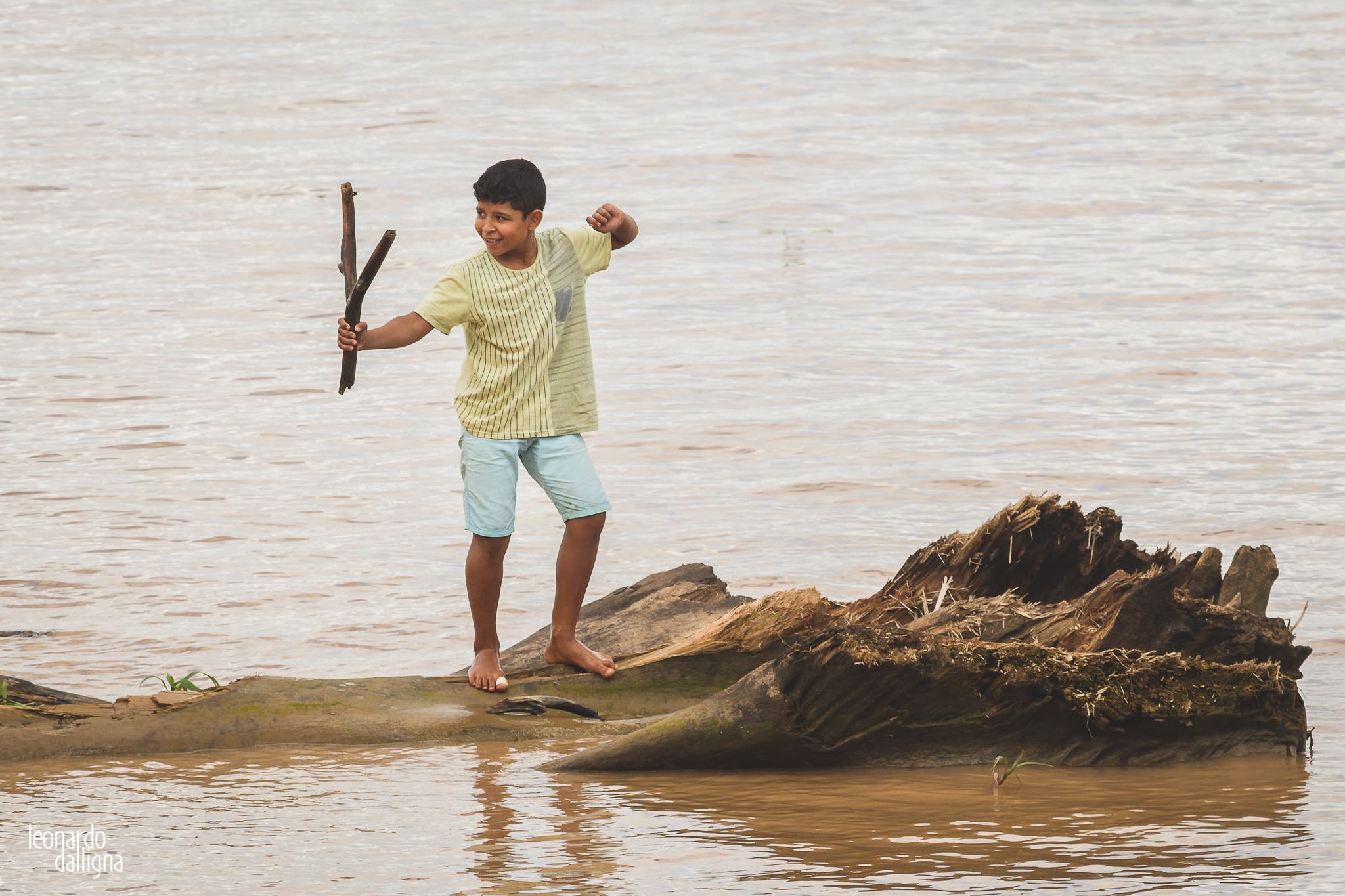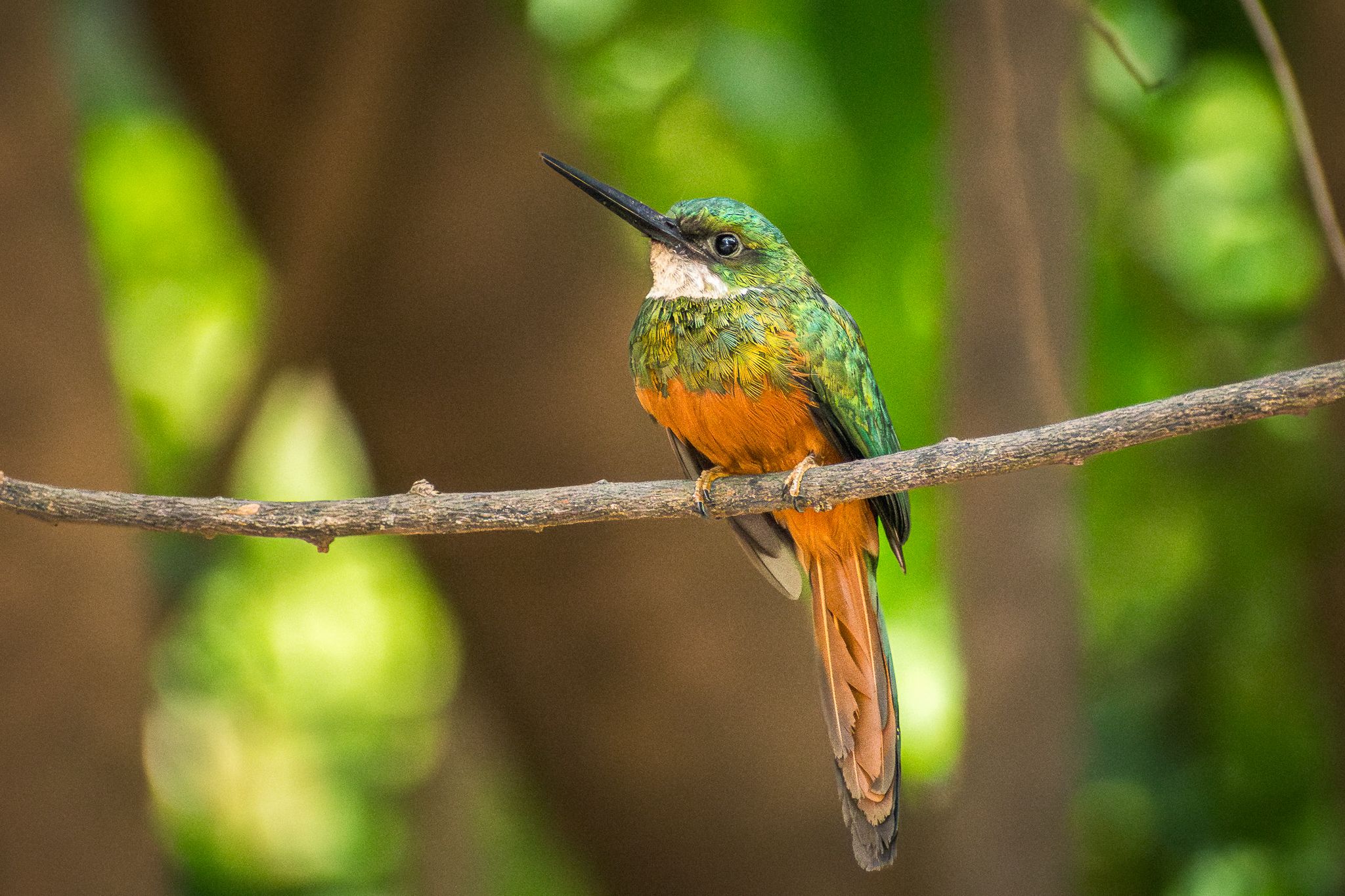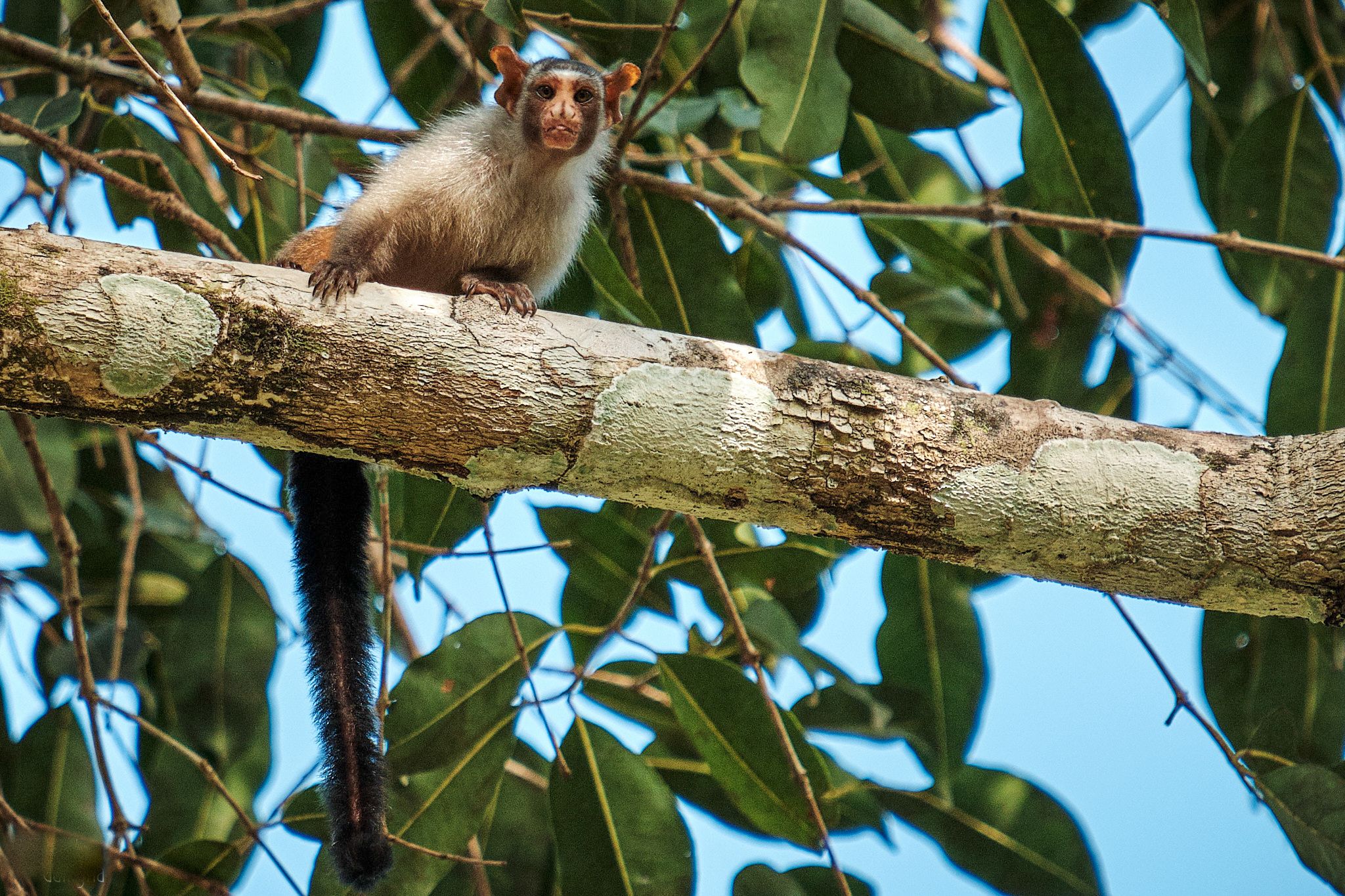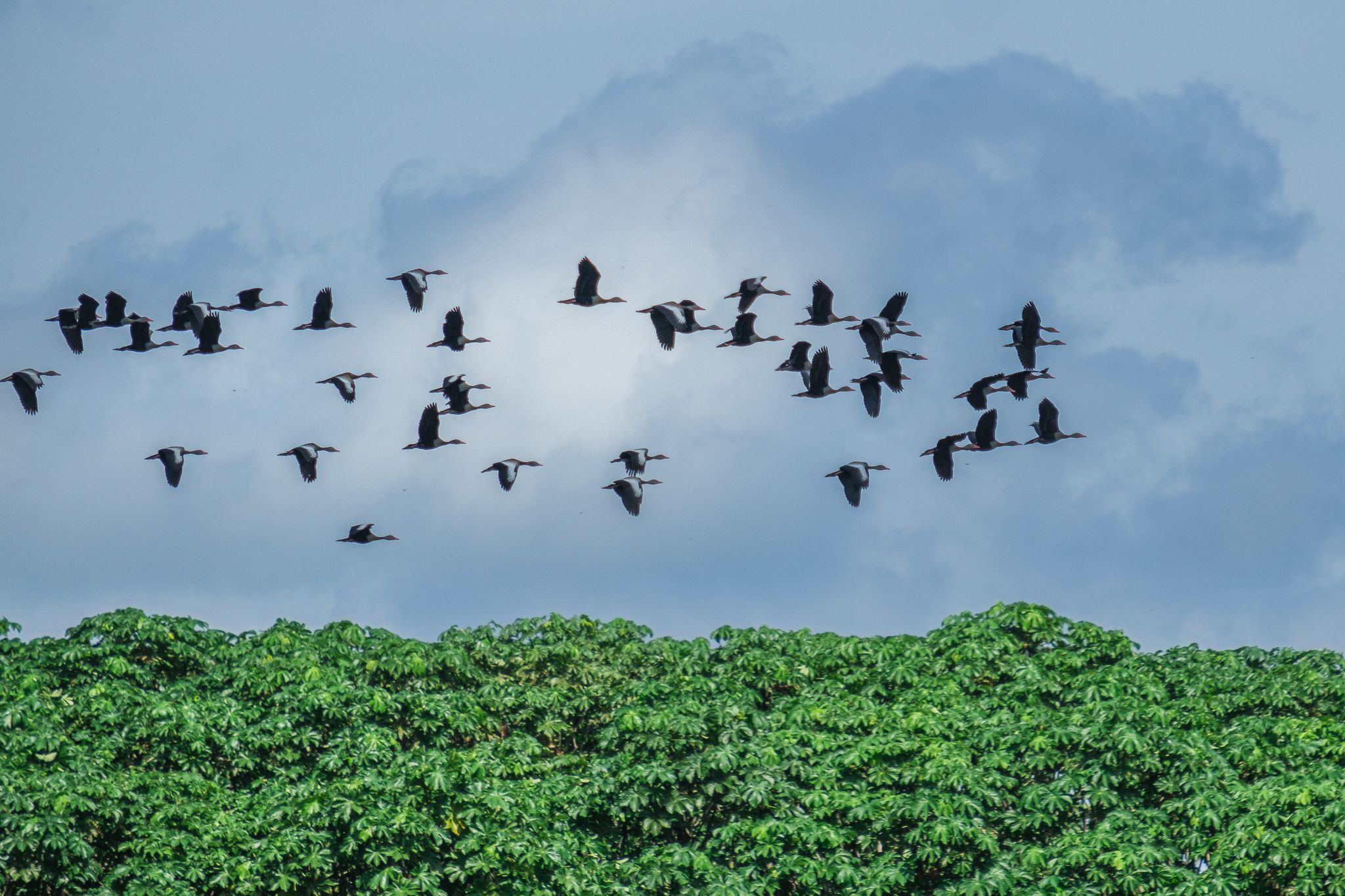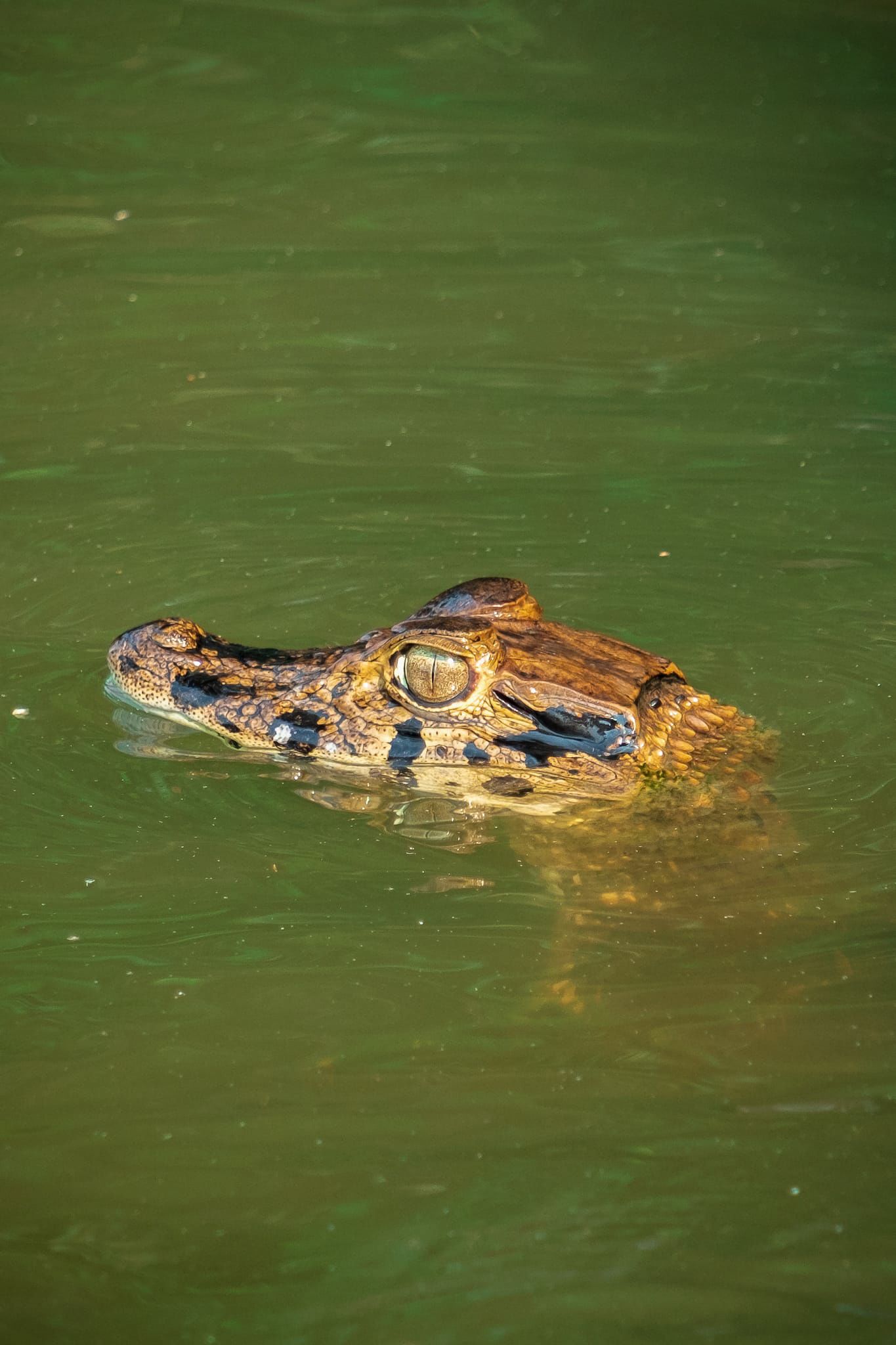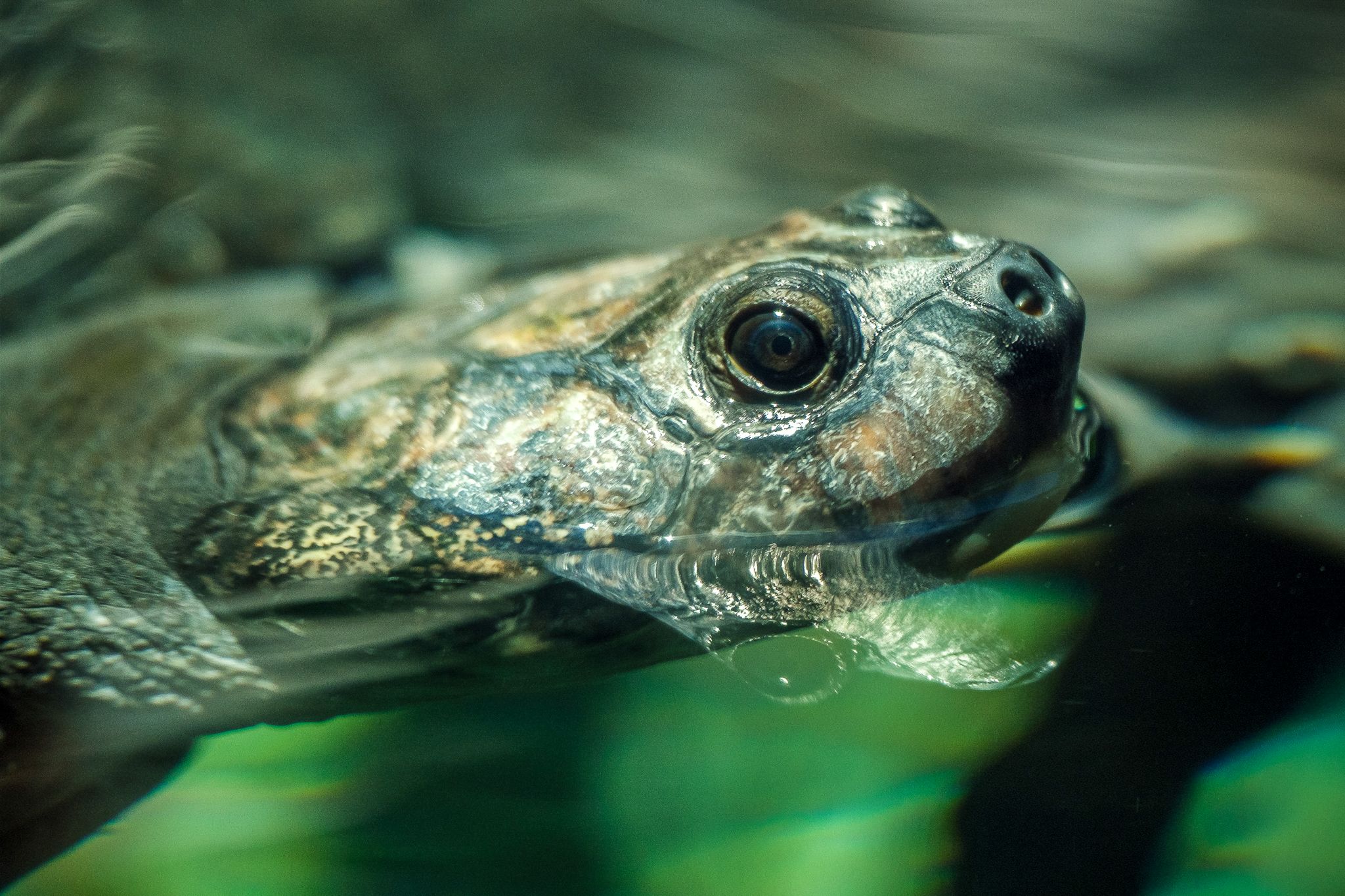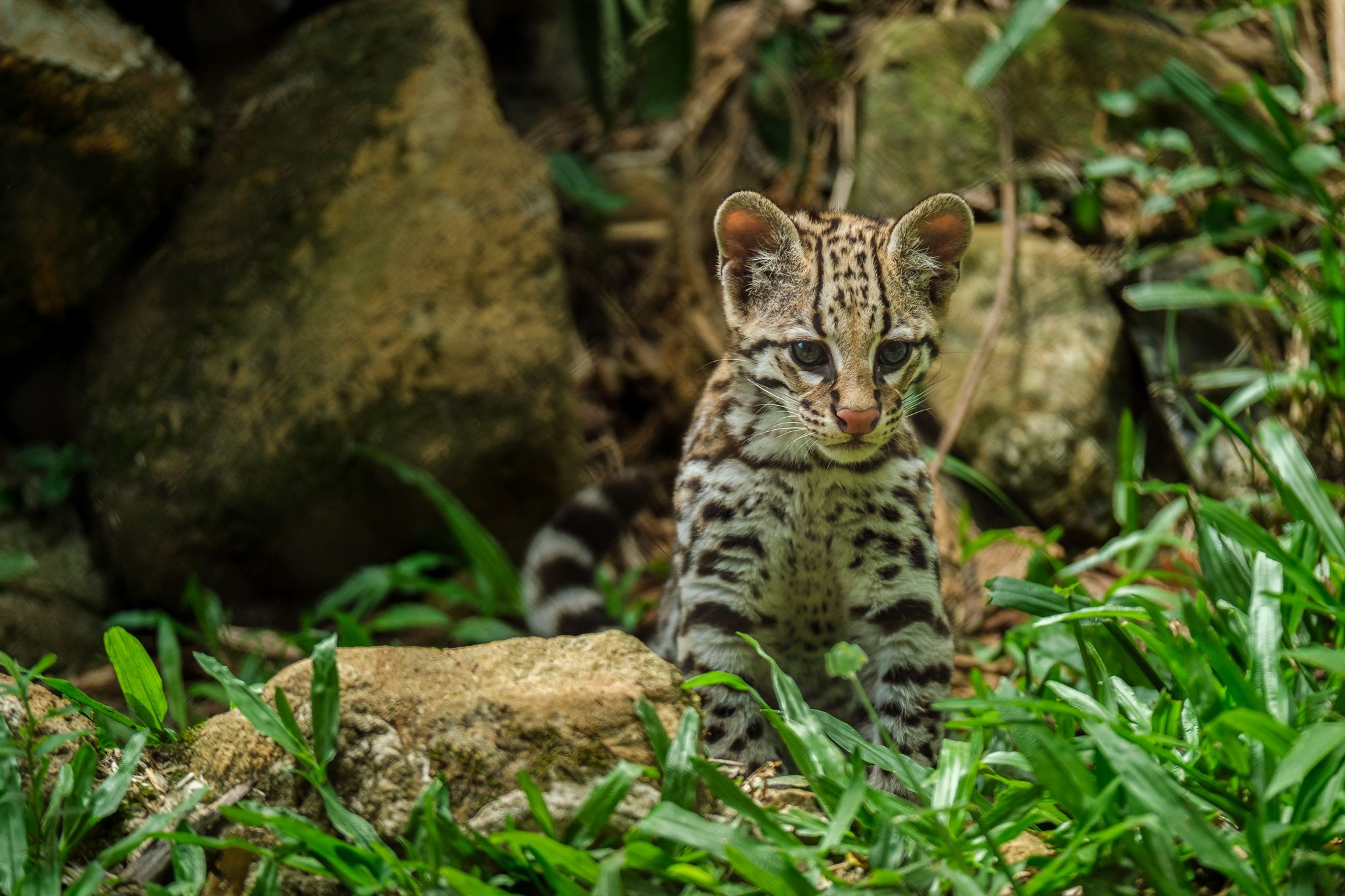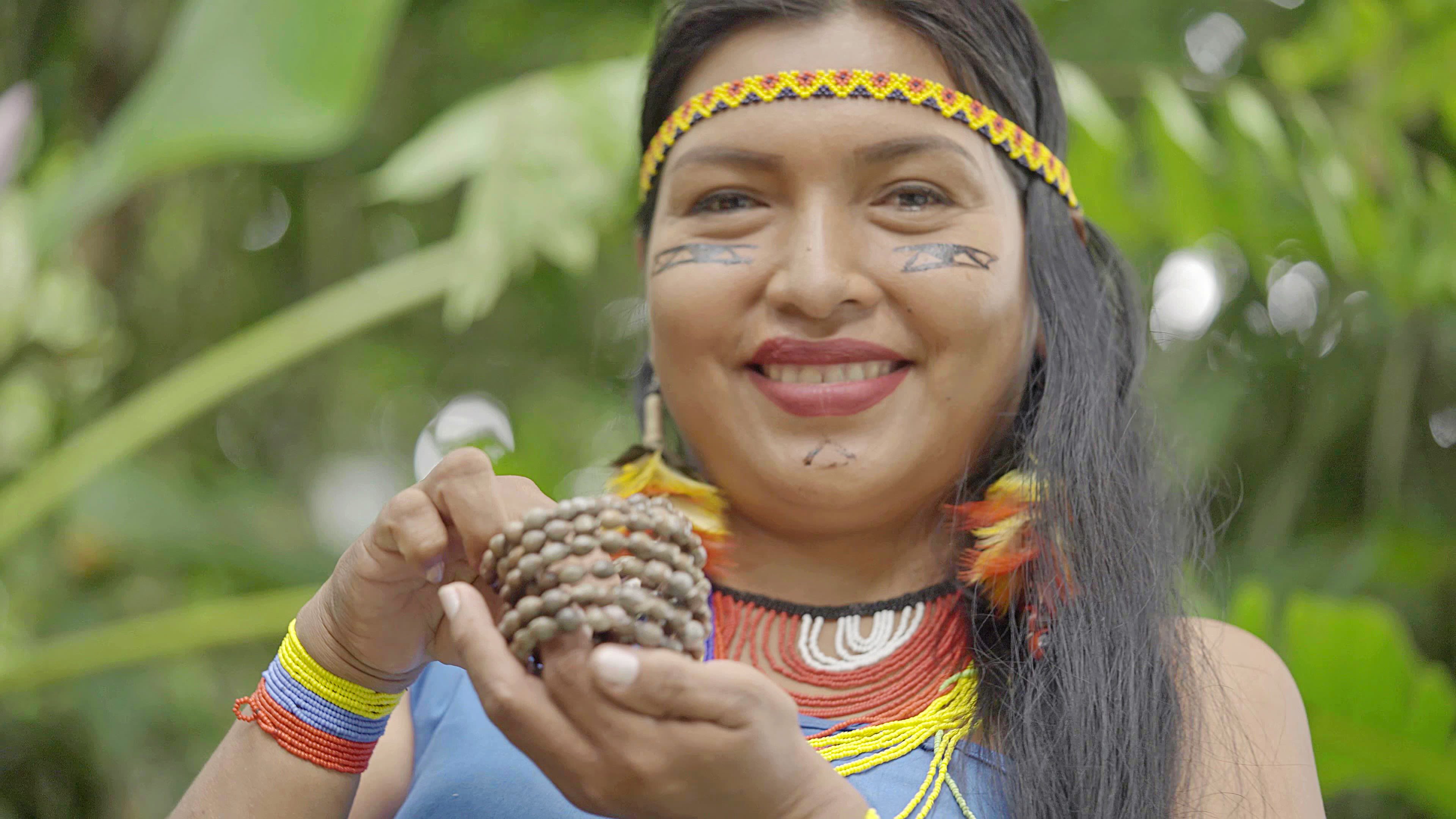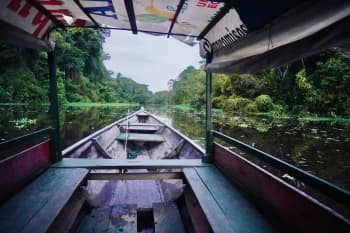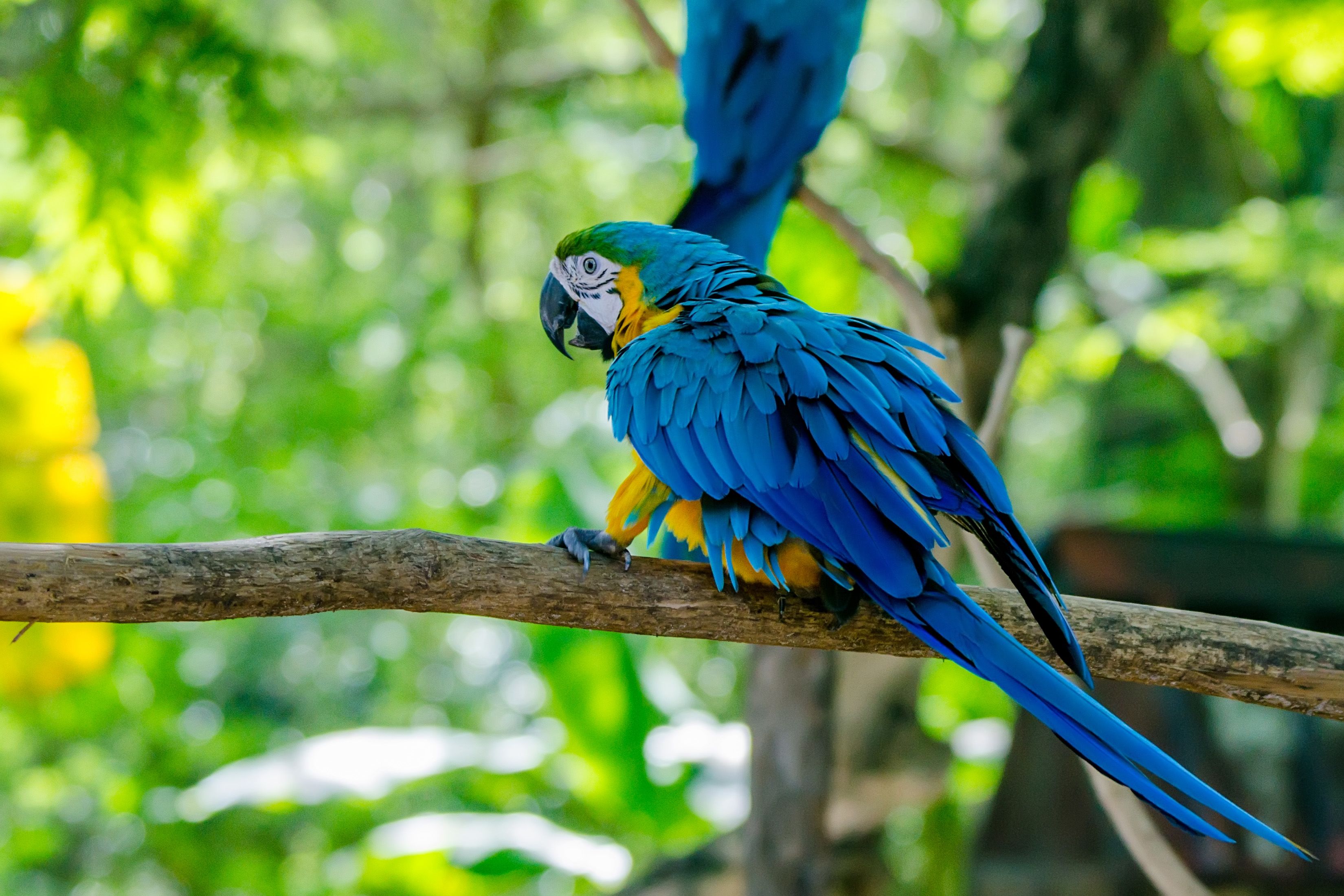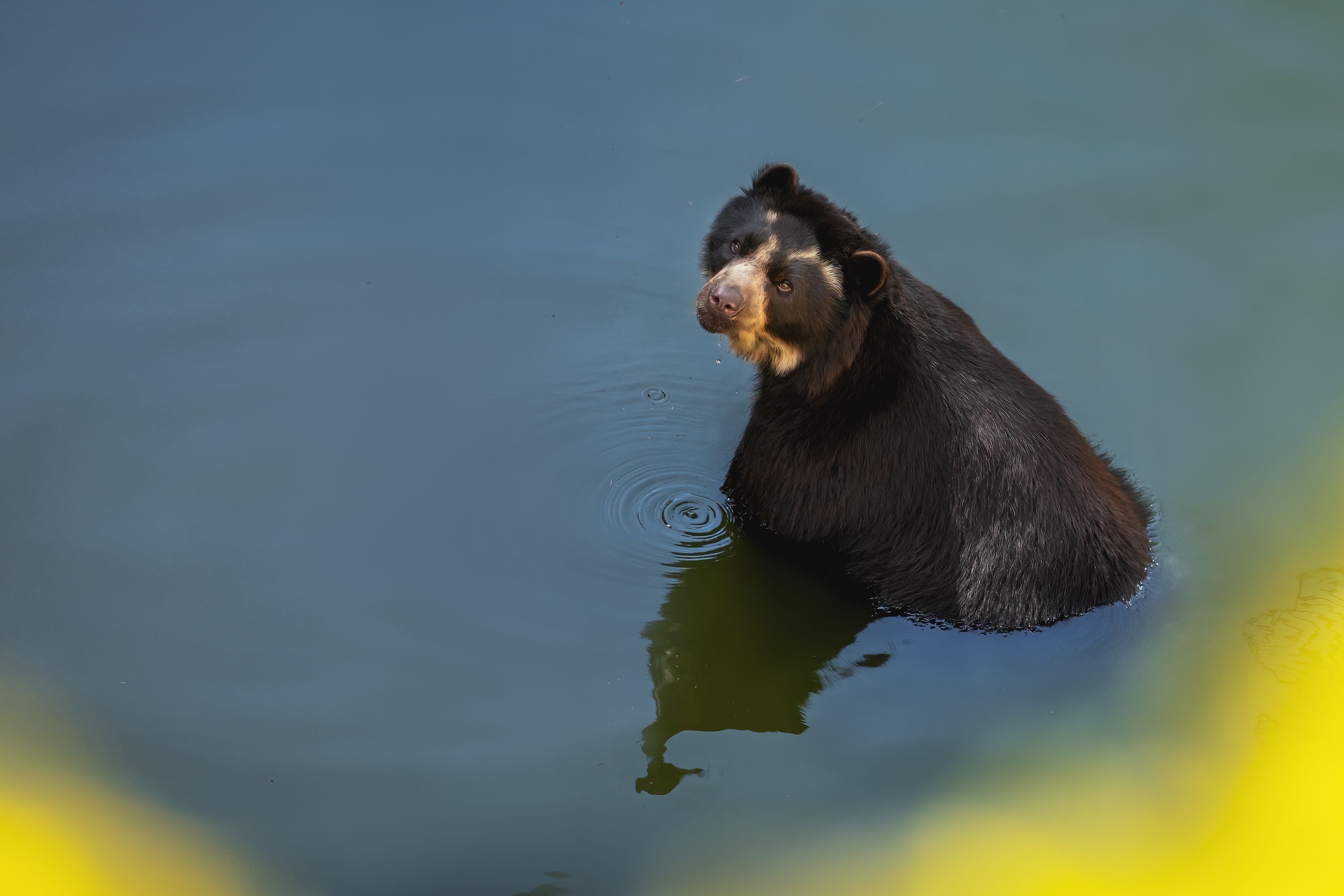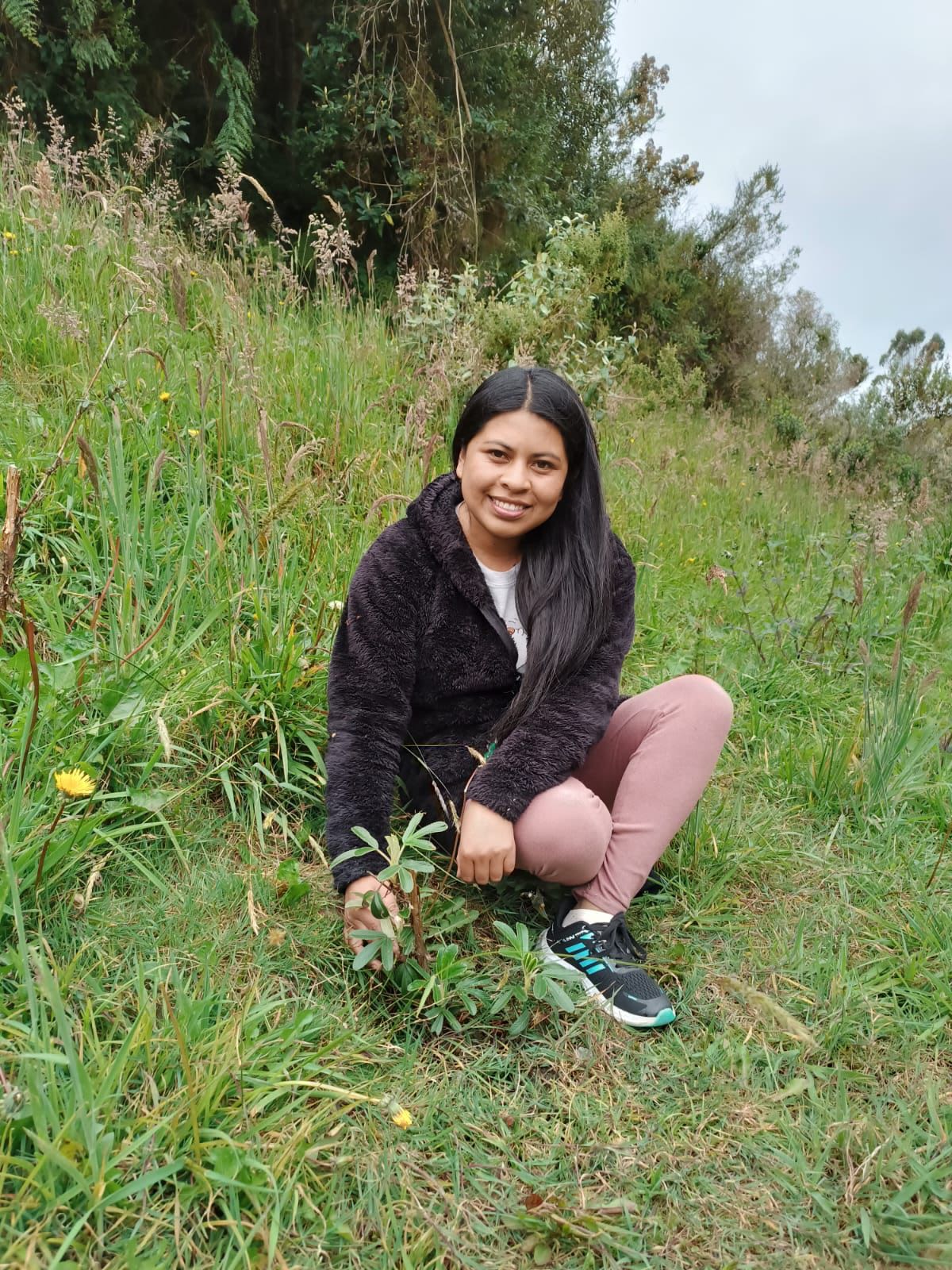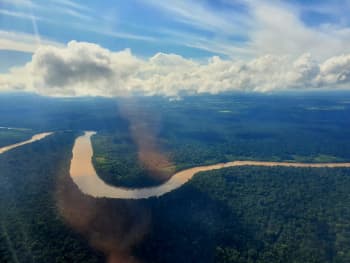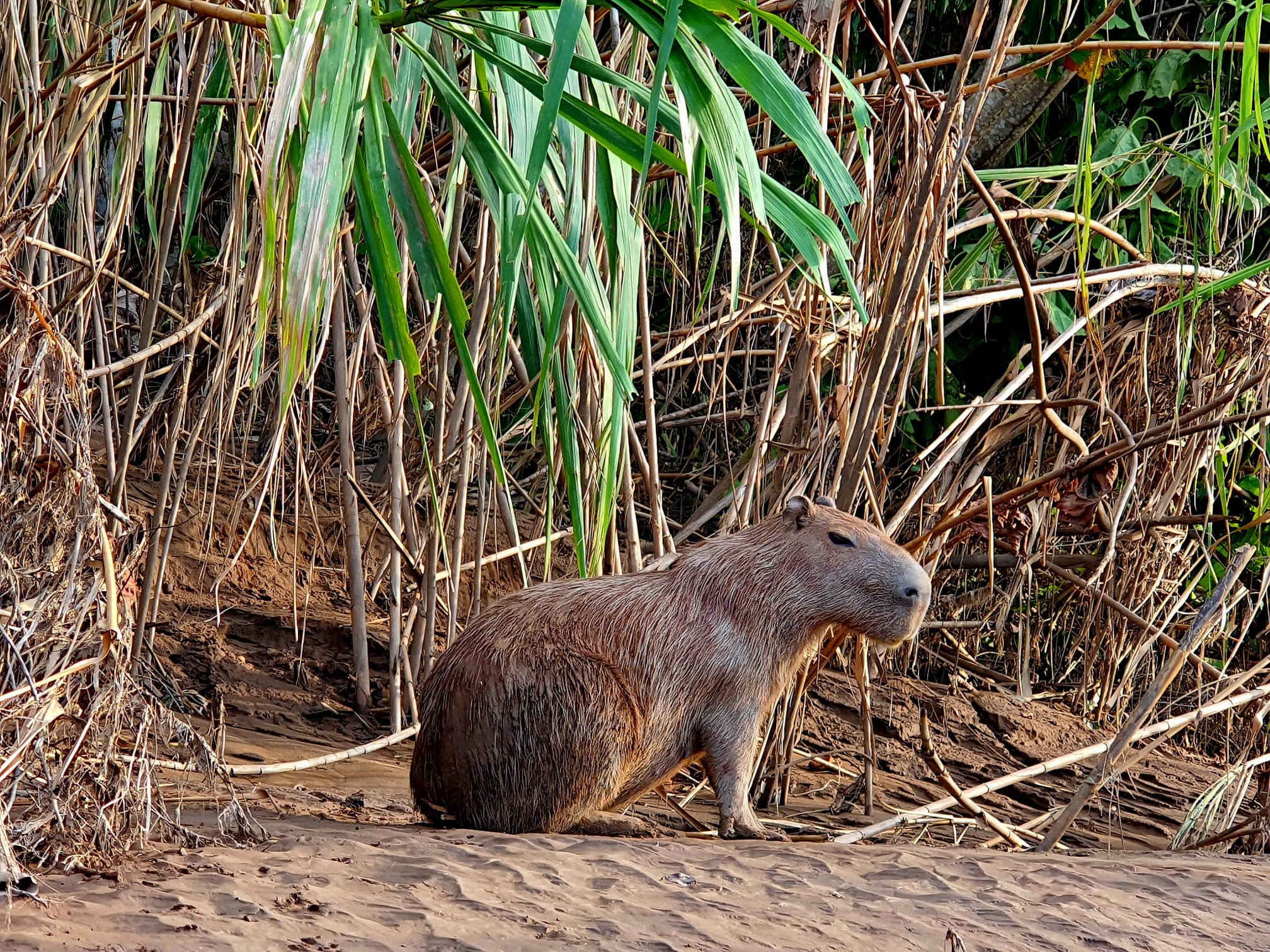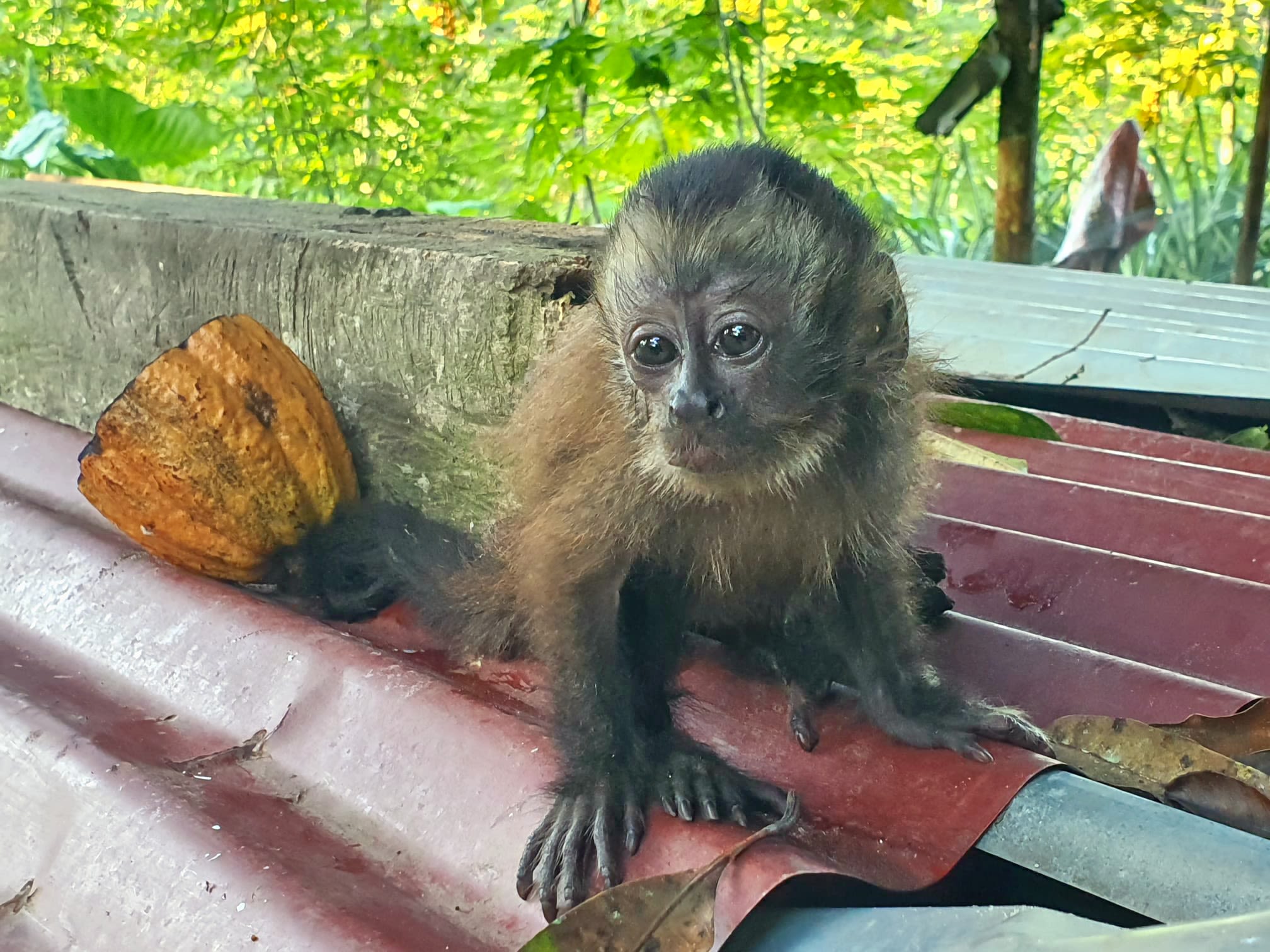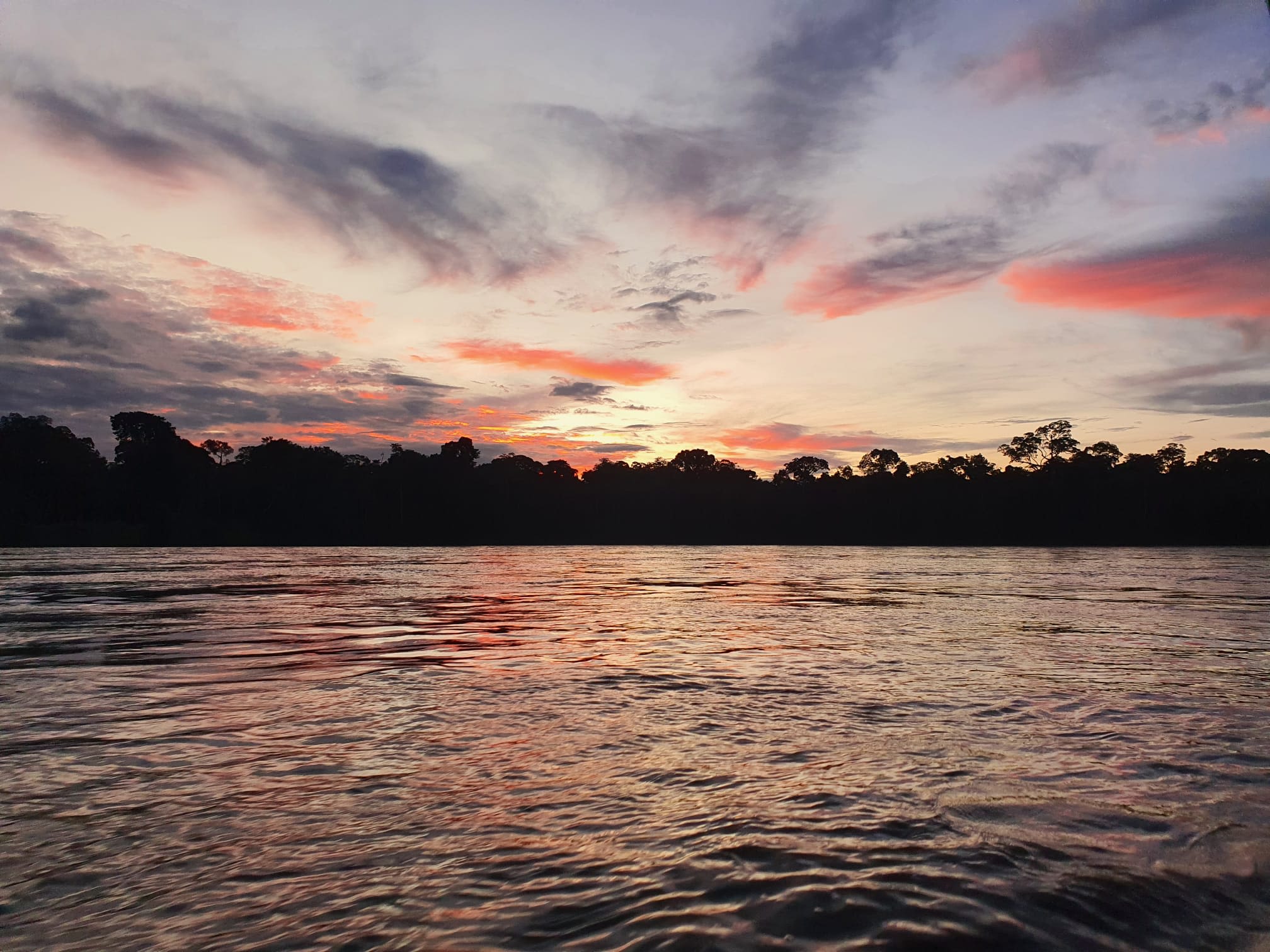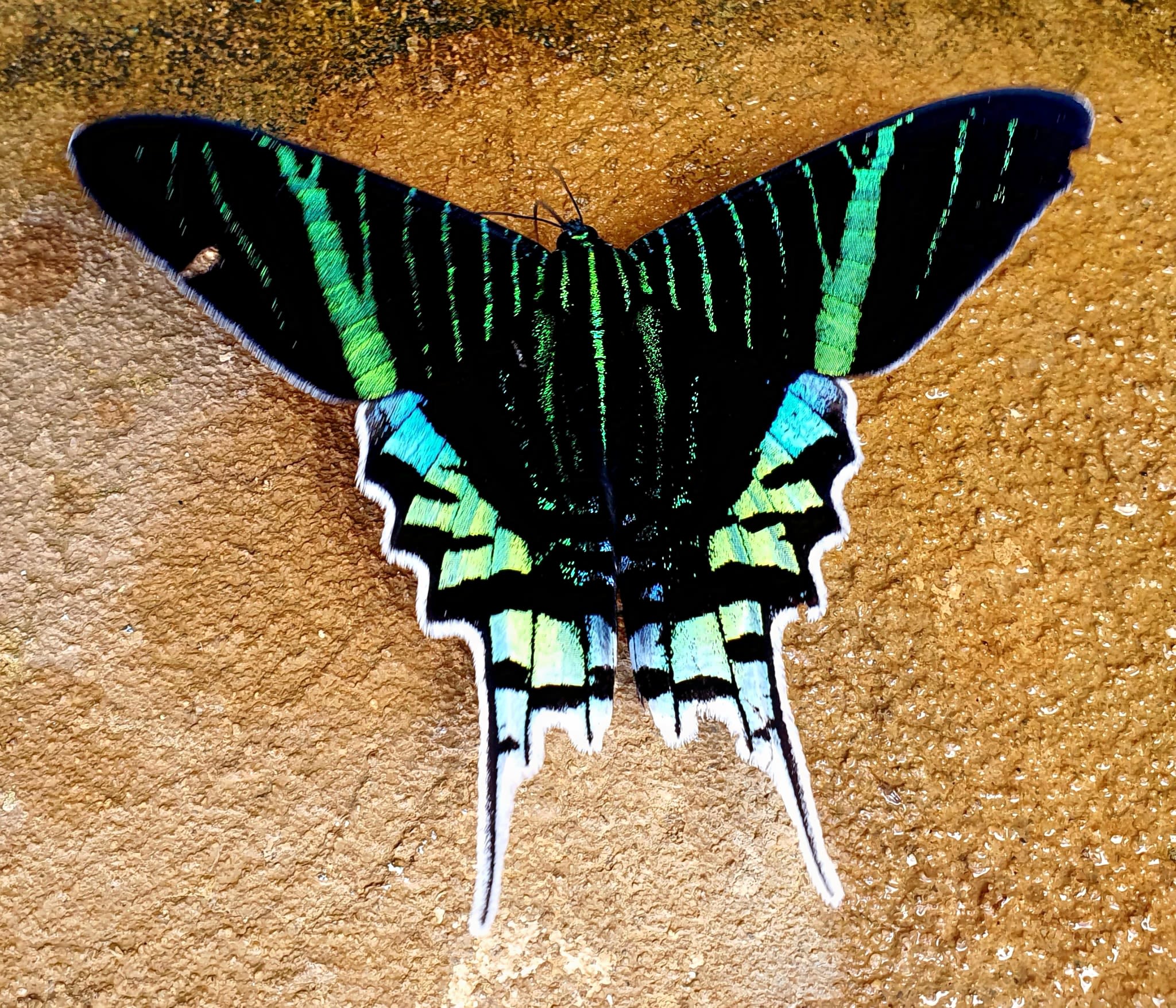Safeguarding biodiversity in the Amazon is key to the planet’s ecological balance
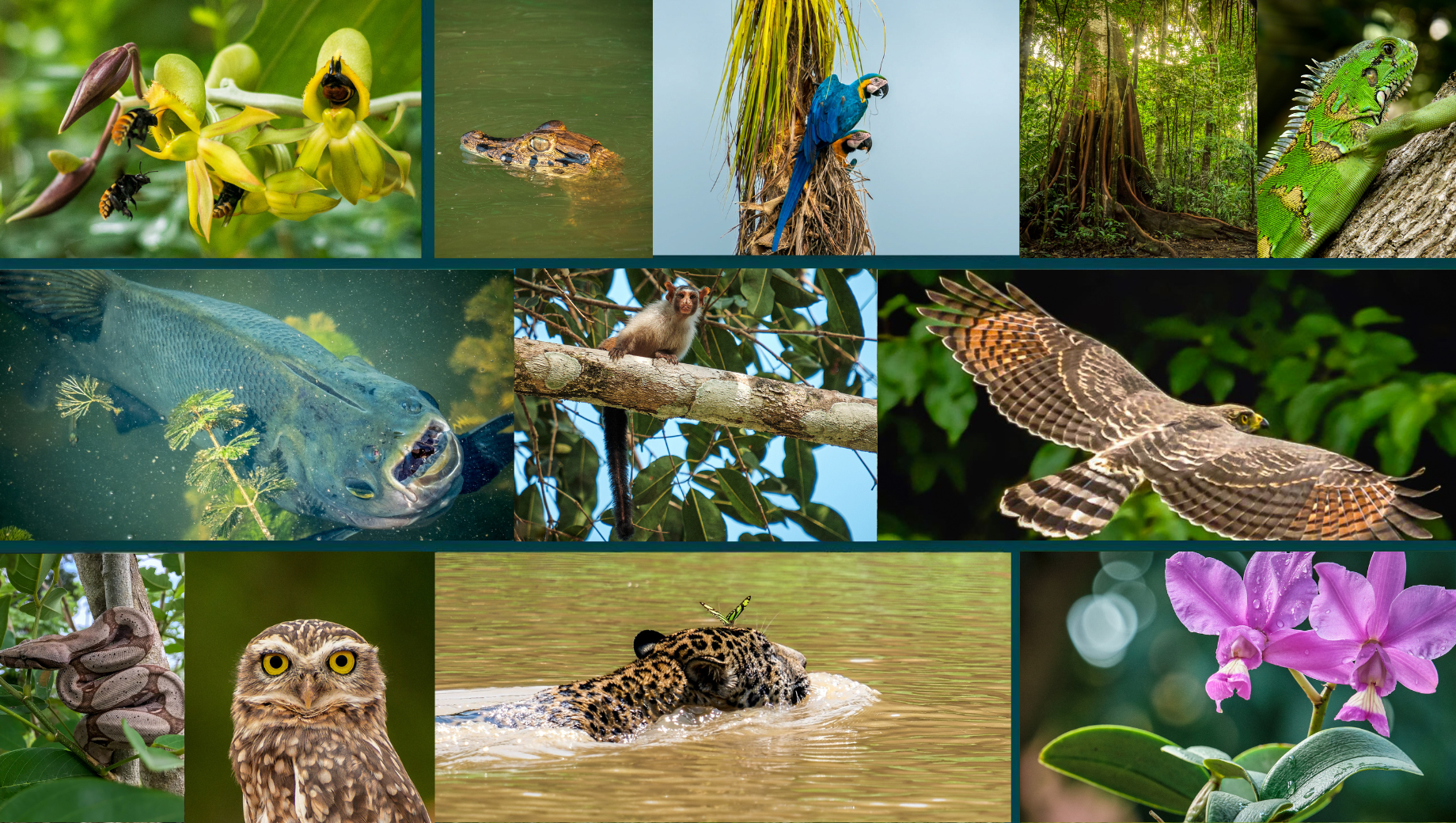
The Amazon rainforest is one of Earth’s most biodiverse ecosystems, home to a staggering variety of plant and animal species. Spanning across nine countries, the Amazon plays a crucial role in regulating the global climate, storing carbon and supporting the livelihoods of tens of millions of people, including Indigenous communities.
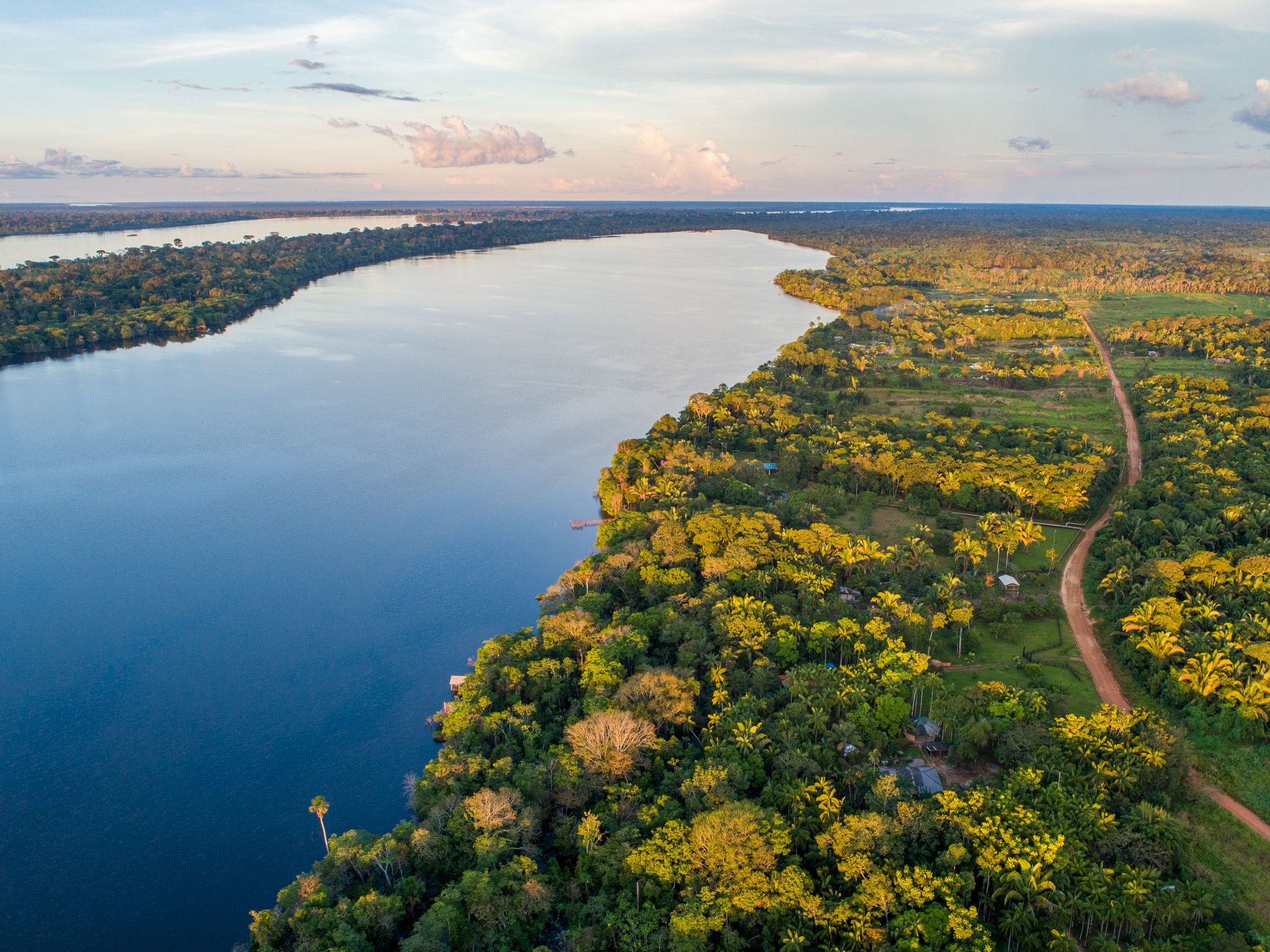
Among these countries, Brazil stands as the largest holder of Amazonian biodiversity, with approximately 60 percent of the rainforest contained within its borders. The country’s Amazon region hosts an unparalleled array of life, from the mighty jaguar and the elusive Amazon river dolphin to countless species of birds, insects and plants. Its dense forests and river systems create a unique, interconnected web of life that is essential for maintaining the ecological balance of the entire region. Brazil's biodiversity is not only crucial for global environmental health but also for the cultural survival of its Indigenous and local communities, who have long depended on the forest for their survival and well-being.
Photo: Leonardo Dall'Igna / UNDP Brazil
Photo: Leonardo Dall'Igna / UNDP Brazil
Photo: Leonardo Dall'Igna / UNDP Brazil
Photo: Leonardo Dall'Igna / UNDP Brazil
Photo: Leonardo Dall'Igna / UNDP Brazil
Photo: Leonardo Dall'Igna / UNDP Brazil
Photo: Leonardo Dall'Igna / UNDP Brazil
Photo: Leonardo Dall'Igna / UNDP Brazil
Photo: Leonardo Dall'Igna / UNDP Brazil
Photo: Leonardo Dall'Igna / UNDP Brazil
Photo: Leonardo Dall'Igna / UNDP Brazil
Photo: Leonardo Dall'Igna / UNDP Brazil
Photo: Leonardo Dall'Igna / UNDP Brazil
Photo: Leonardo Dall'Igna / UNDP Brazil
Photo: Leonardo Dall'Igna / UNDP Brazil
Photo: Leonardo Dall'Igna / UNDP Brazil
The role of Indigenous and local communities in protecting the Brazilian Amazon
In efforts to preserve this invaluable ecosystem, Brazil has developed initiatives such as Floresta+, which is a national program that incentivizes the conservation and restoration of native forests through payments for environmental services (PES). This program seeks to enhance forest protection by rewarding small farmers, Indigenous Peoples and local communities for maintaining and restoring forests. Floresta+ is supported by Brazil’s participation in the Green Climate Fund’s REDD+ results-based payments pilot. These funds are reinvested in initiatives like Floresta+ that support the country’s Nationally Determined Contributions (NDCs) under the Paris Agreement.
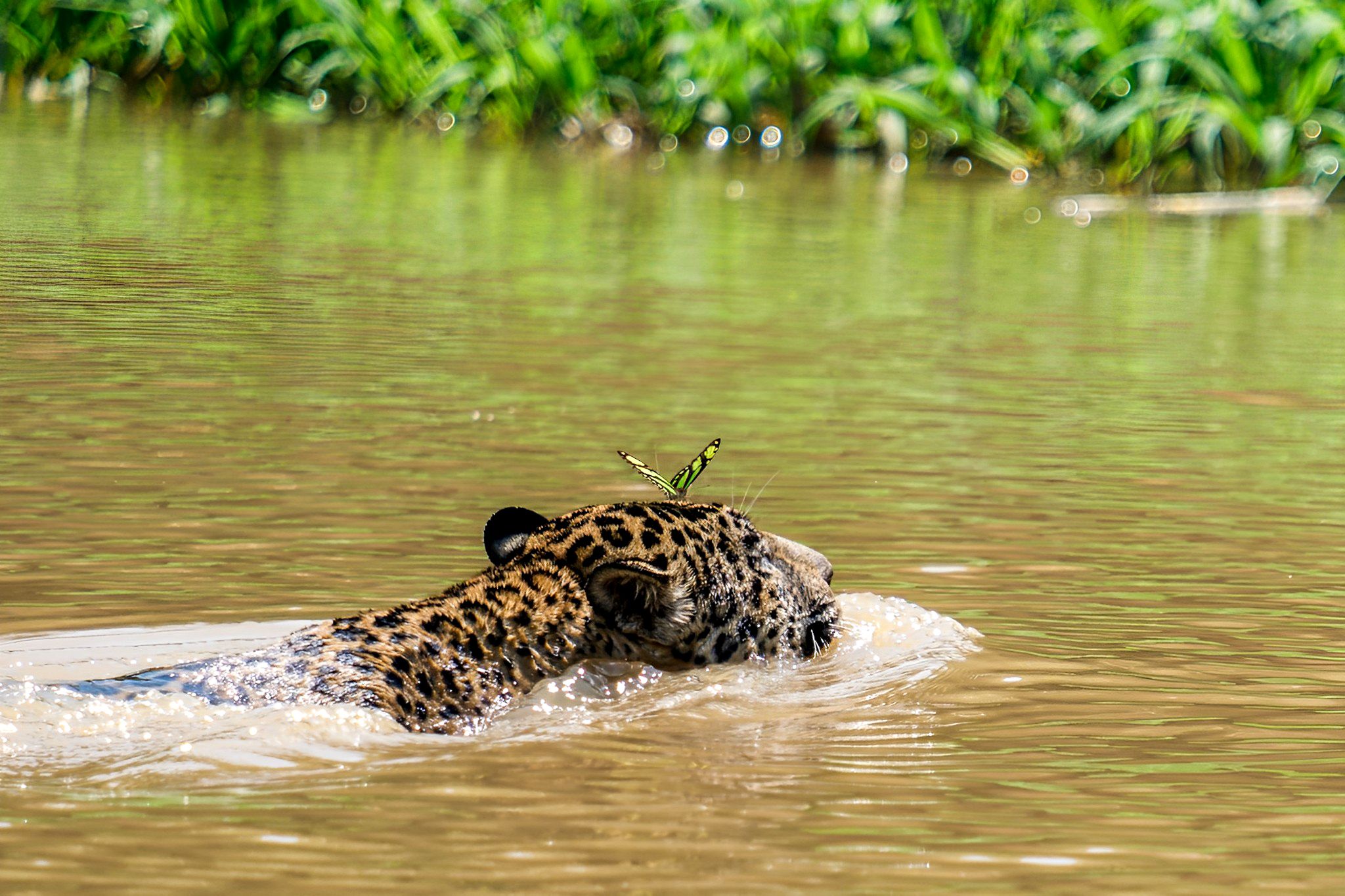
Maria Graciano Dimas da Silva is a farmer in Colônia Paraíso, Rio Branco, Acre, where she grows a variety of crops, including corn, beans and tropical fruits. “I plant a bit of everything,” she says proudly. Her life took a tragic turn this year when a fire destroyed her home and belongings. Despite the loss, Maria didn’t lose hope. She learned about the Floresta+ Amazônia Project and qualified to receive PES for preserving the native vegetation on her land. “I didn’t know about it, but they explained everything. I signed up because I’ve always taken care of the forest here. Now, I’ll rebuild my home and keep protecting the forest,” she says.
Maria Graciano Dimas da Silva is a farmer in Acre who, after losing her home to fire, continues to rebuild while protecting the native forest through the Floresta+ Amazônia Project. Photo: Floresta+ Amazon Project Collection
Maria Graciano Dimas da Silva is a farmer in Acre who, after losing her home to fire, continues to rebuild while protecting the native forest through the Floresta+ Amazônia Project. Photo: Floresta+ Amazon Project Collection
Maria’s story is one of many across Brazil’s Legal Amazon region, where the Floresta+ Amazônia Project has been supporting small rural landowners since 2022 through a simple system: those who conserve the forest receive financial support to continue doing so.
The program is part of Brazil's broader efforts under the National REDD+ Strategy (ENREDD+) to reduce deforestation and promote sustainable land use, which are critical for safeguarding the country’s immense biodiversity. By involving local communities in forest management and providing financial incentives, Floresta+ not only protects biodiversity but also strengthens the resilience of forests against the pressures of illegal logging, land conversion and climate change.
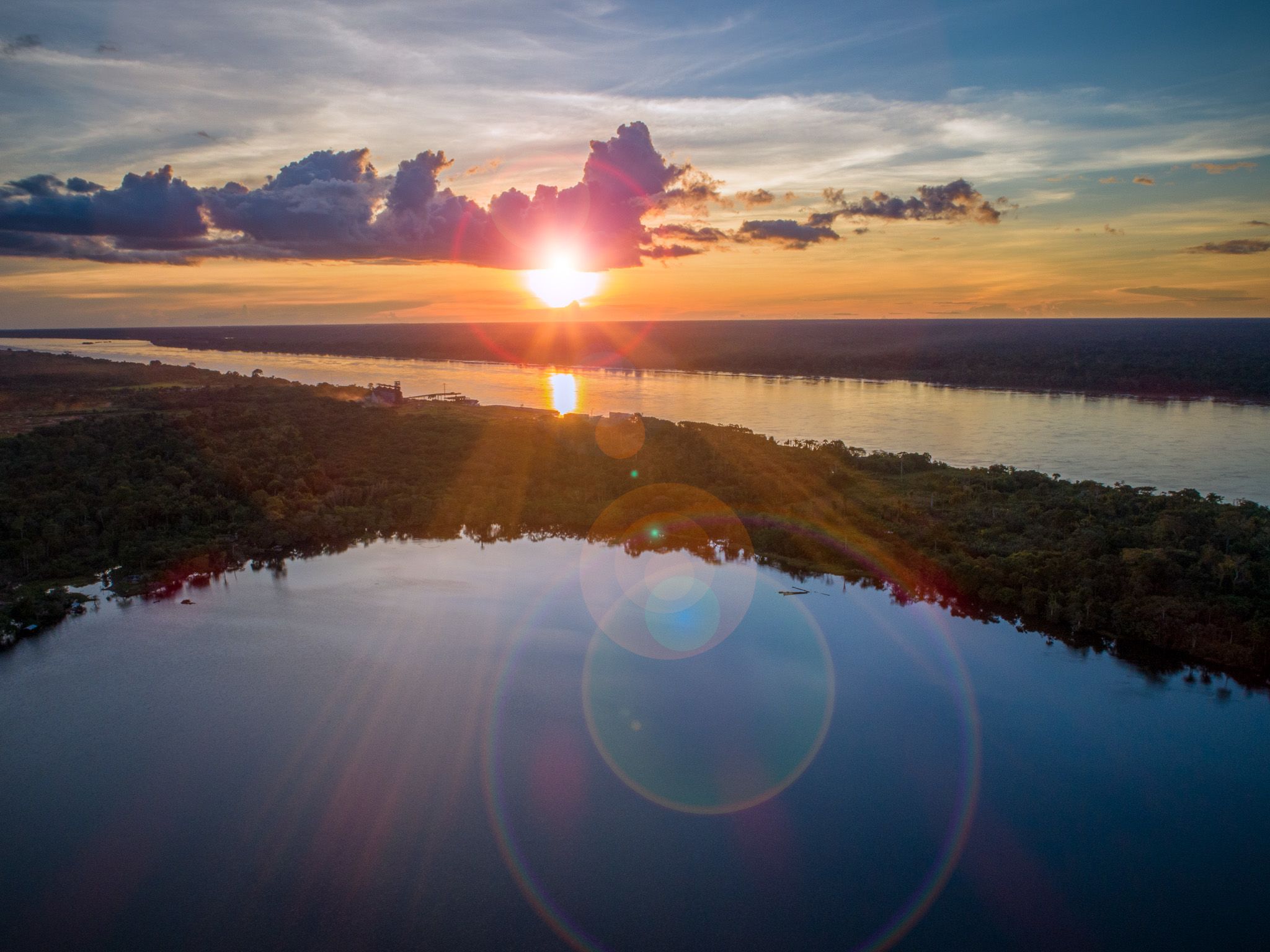
Photo: Leonardo Dall'Igna / UNDP Brazil
Photo: Leonardo Dall'Igna / UNDP Brazil
Photo: Leonardo Dall'Igna / UNDP Brazil
Photo: Leonardo Dall'Igna / UNDP Brazil
Photo: Leonardo Dall'Igna / UNDP Brazil
Photo: Leonardo Dall'Igna / UNDP Brazil
Photo: Leonardo Dall'Igna / UNDP Brazil
Photo: Leonardo Dall'Igna / UNDP Brazil
Photo: Leonardo Dall'Igna / UNDP Brazil
Photo: Leonardo Dall'Igna / UNDP Brazil
Photo: Leonardo Dall'Igna / UNDP Brazil
Photo: Leonardo Dall'Igna / UNDP Brazil
Photo: Leonardo Dall'Igna / UNDP Brazil
Photo: Leonardo Dall'Igna / UNDP Brazil
Ecuador’s Amazon: Small territory, immense biodiversity
Beyond Brazil, other Amazonian countries also play vital roles in preserving the region’s rich biodiversity. Ecuador, while home to a smaller portion of the Amazon, harbors some of the highest species' diversity per square kilometer on the planet. The Yasuní National Park in Ecuador, one of the most biodiverse places on Earth, is a key hotspot within the Amazon. It supports a vast range of species, including the endangered giant river otter and the pink river dolphin, and is home to Indigenous groups who live in voluntary isolation. Ecuador has been active in forest conservation through the Socio Bosque Program, which works to conserve forests and promote sustainable land use by compensating landowners for maintaining forest cover.
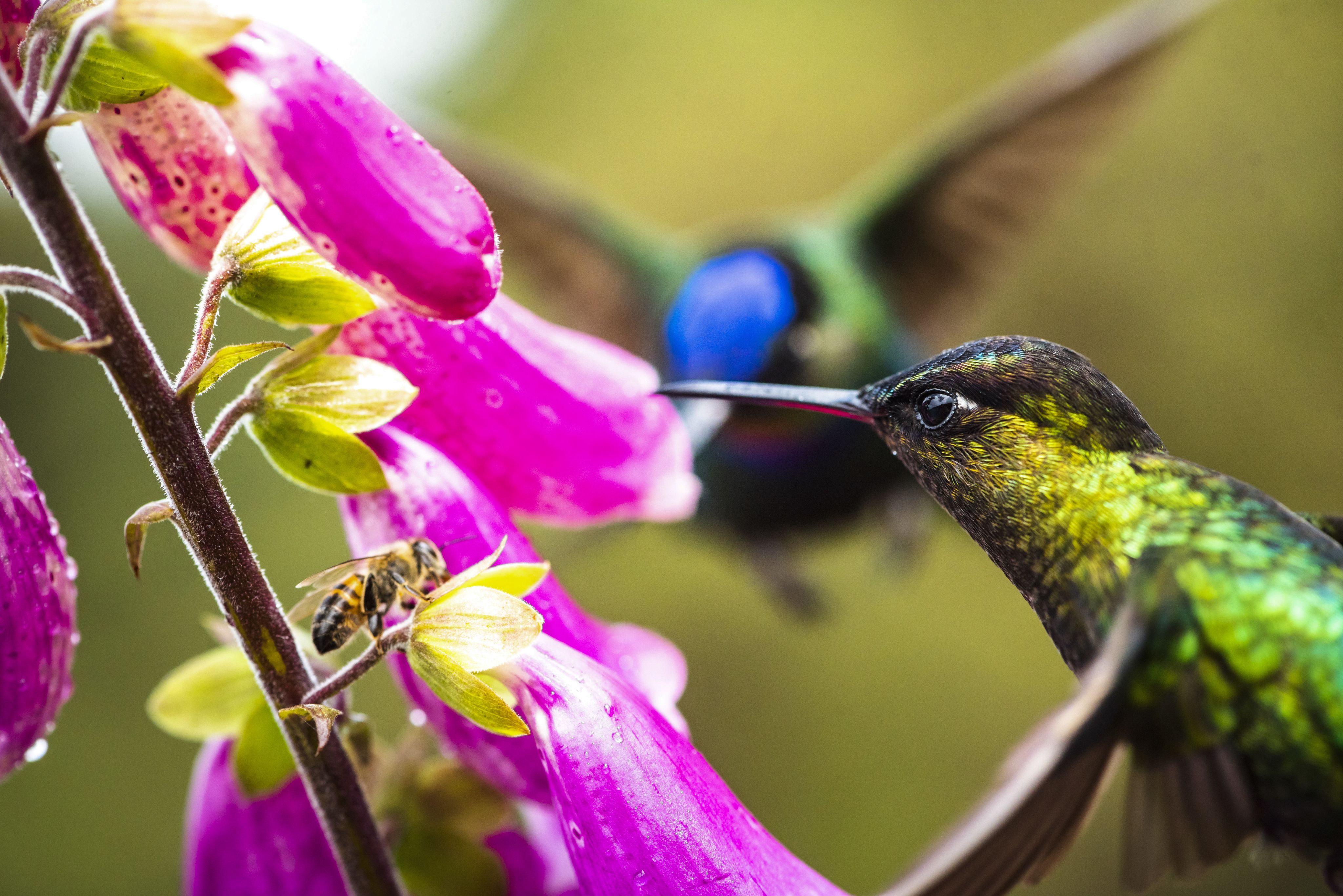
Video: PROAmazonia
Video: PROAmazonia
Ecuador’s commitment to sustainable development is further enhanced through PROAmazonía and the REDD+ Results Based Payments Project, a joint initiative of the Ministry of Environment, Water and Ecological Transition and the Ministry of Agriculture, supported by UNDP. The intiative works to reduce deforestation, promote sustainable production and strengthen environmental governance across the Amazon region and beyond. One key element of its efforts to advance Ecuador’s inclusive forest governance has been the support of Life Plans (Planes de Vida) developed by Indigenous communities in territories like Yamanunka, which articulate long-term visions for territorial management, cultural preservation and climate resilience. These locally driven plans empower Indigenous Peoples to lead conservation efforts while protecting their rights and ancestral knowledge.
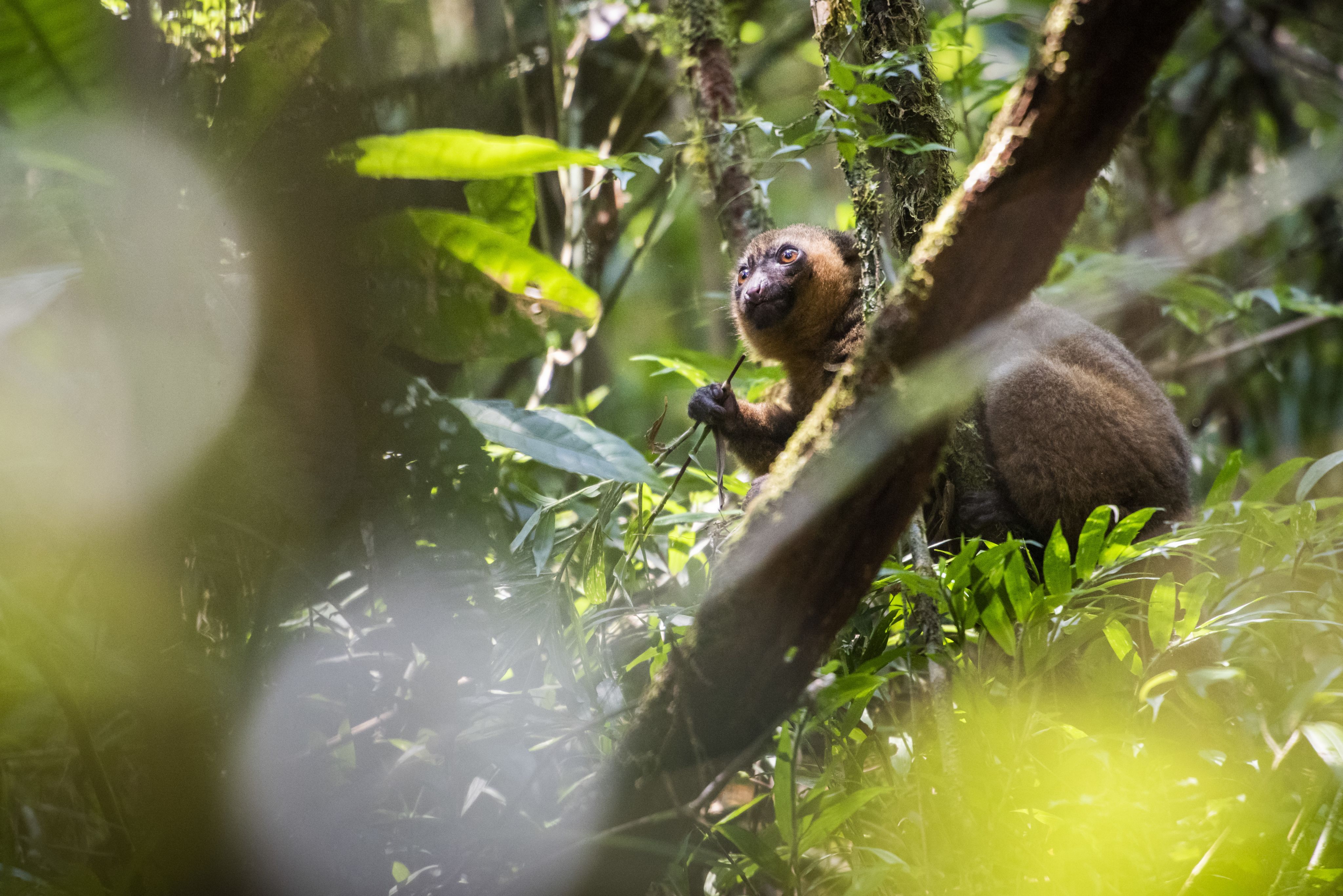
As Indigenous Shuar leader Irma Tsahuanda from the Yamanunka territories explains: “As Shuar people, it is our responsibility to care for the forest, the rivers and the land. These natural elements are essential to our lives. We see ourselves as guardians of the forest – caretakers of the soil and water that sustain us. Protecting the environment is not just a duty; it’s part of who we are.” Life Plans are recognized as integral components of Ecuador's national REDD+ strategy, which is supported by the UN-REDD Programme through technical and policy assistance to promote sustainable forest governance and Indigenous rights.
Irma Tsahuanda, a Shuar leader, sees forest protection as identity and duty. Photo: PROAmazonia
Irma Tsahuanda, a Shuar leader, sees forest protection as identity and duty. Photo: PROAmazonia
Colombia’s Amazon: Integrating conservation, climate action and community support
Colombia also holds significant portions of the Amazon rainforest and is home to diverse species, including the rare Andean bear and the colorful Amazonian parrot. Colombia's biodiversity is rich and diverse, with ecosystems ranging from dense rainforests to mountain ranges. Through collaboration with UN-REDD and other international partners, Colombia has been able to integrate biodiversity conservation with land use planning, further strengthening its commitment to protecting the Amazon’s ecosystems.
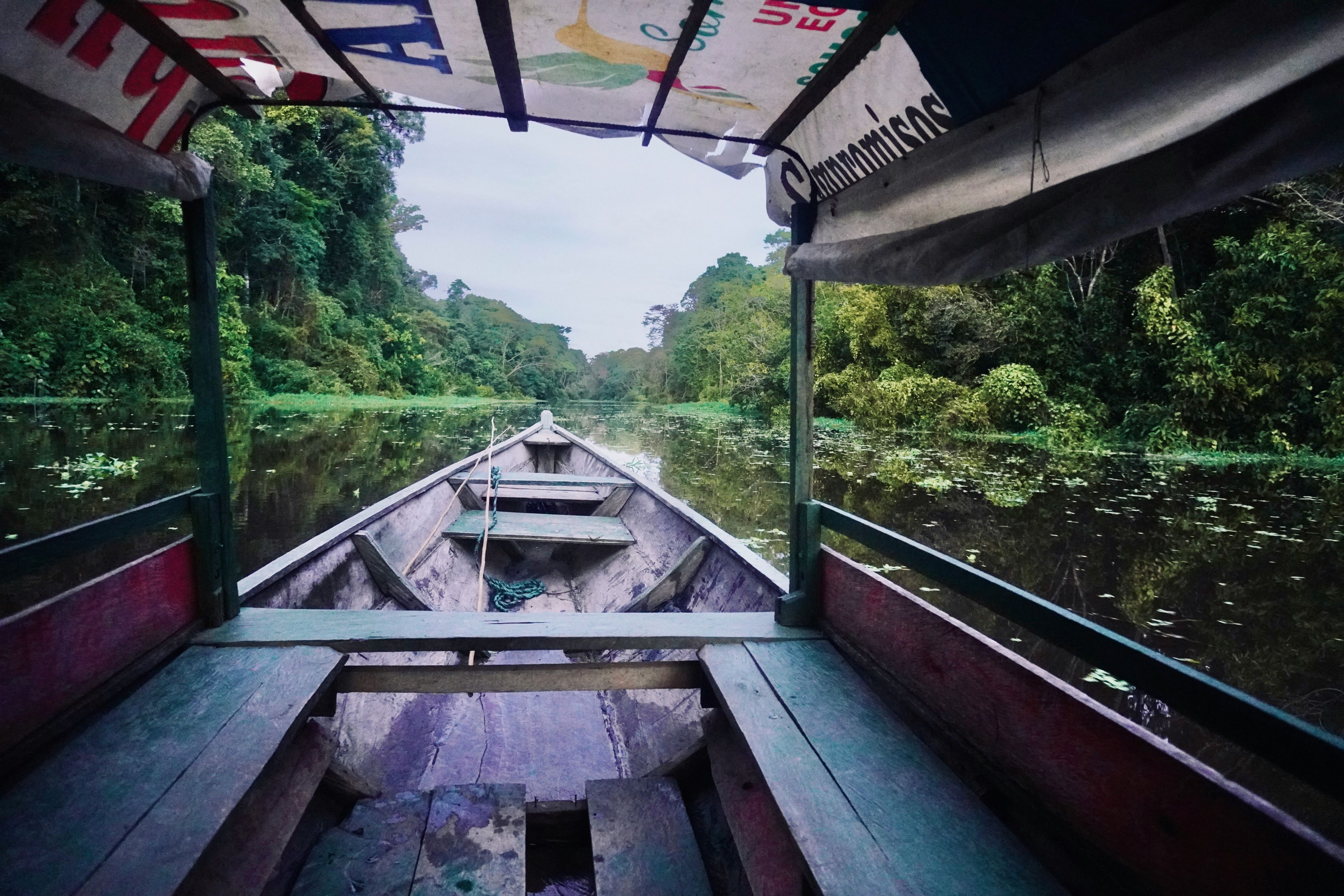
The Amazonian parrot is not only a brilliant mimic of human speech, but some species can live up to 80 years - making them one of the longest-living birds in the world.
The Amazonian parrot is not only a brilliant mimic of human speech, but some species can live up to 80 years - making them one of the longest-living birds in the world.
The Andean bear, also known as the spectacled bear for its unique facial markings, is the only bear species native to South America.
The Andean bear, also known as the spectacled bear for its unique facial markings, is the only bear species native to South America.
Colombia is advancing climate and biodiversity goals by supporting Indigenous, Afro-descendant and campesino communities – particularly in deforestation-prone, post-conflict regions like Nariño, Caquetá, Putumayo and Guaviare – through UNDP-supported grants under the Climate Promise initiative. These grants promote nature-based solutions, ancestral knowledge and sustainable land use to promote inclusive and community-led climate action.
As Monica Aza of the Sinchimaki Asosinchi Association’s Nursery in Nariño explains: “Indigenous communities should be seen primarily as caretakers of life, not just labeled as environmental leaders. Their role is deeply tied to protecting nature – both flora and fauna – which is crucial in addressing climate change.”
Monica Aza of the Sinchimaki Association emphasizes that Indigenous communities play a key role in conserving biodiversity and should be recognized for their practical contributions to addressing climate change. Photo: Fredy Genes Arrieta / UNDP Colombia
Monica Aza of the Sinchimaki Association emphasizes that Indigenous communities play a key role in conserving biodiversity and should be recognized for their practical contributions to addressing climate change. Photo: Fredy Genes Arrieta / UNDP Colombia
Protecting Peru’s Amazon forest through Indigenous leadership
Peru is another key player in Amazonian biodiversity conservation, with vast tracts of rainforest that are home to iconic and endemic species such as the spectacled bear, Amazon river dolphin and poison dart frogs. Peru's Amazon basin ranks among the most biodiverse regions on the planet. A cornerstone of the country’s forest protection strategy has been the active involvement of Indigenous Peoples and local communities. Through its comprehensive REDD+ framework, Peru has integrated Indigenous knowledge and governance into forest management, ensuring both conservation and respect for Indigenous rights.
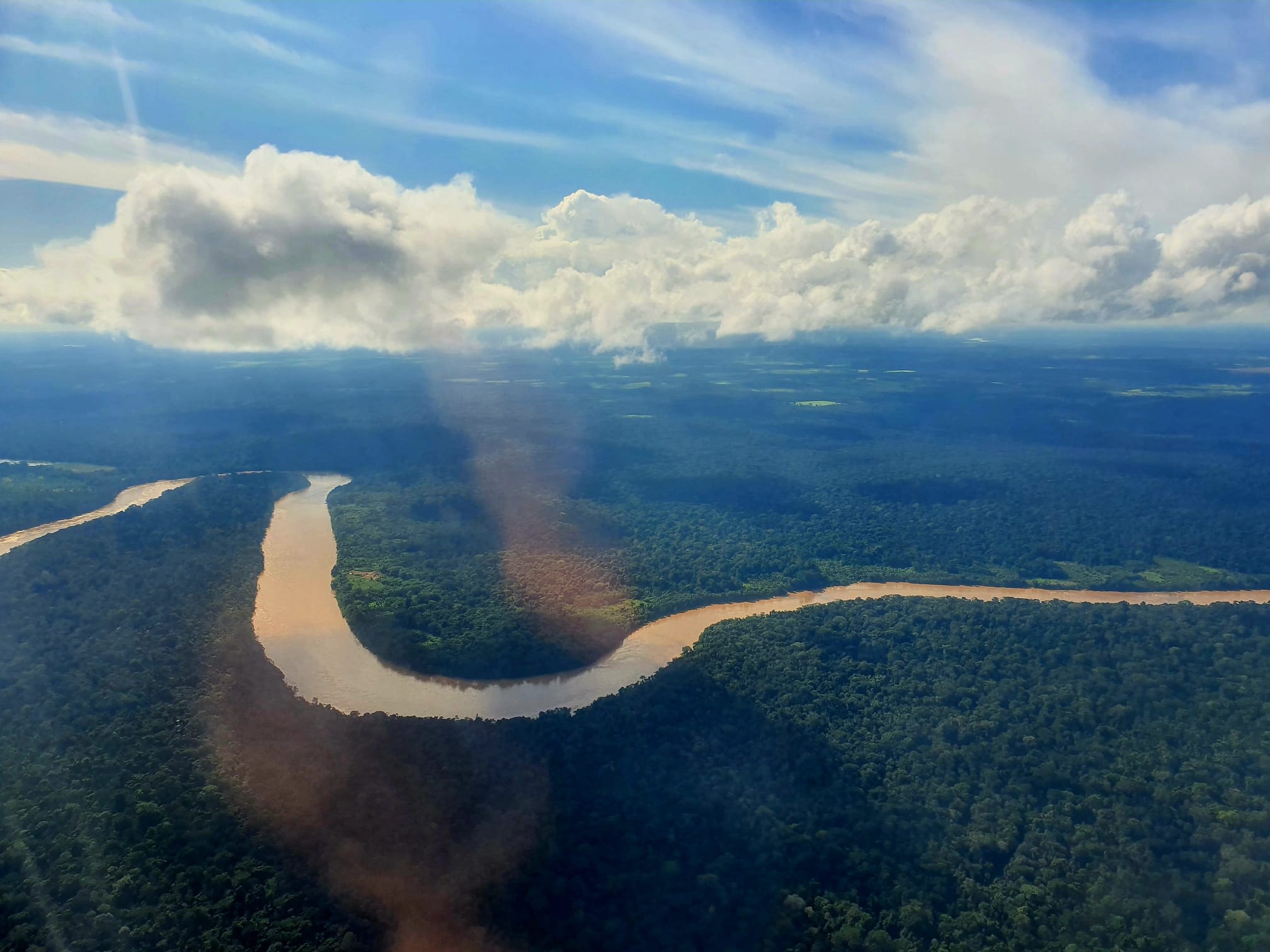
Capybaras, the world’s largest rodents, are expert swimmers and can hold their breath underwater for up to five minutes to escape predators in the Amazon. Photo: Roxana Auhagen
Capybaras, the world’s largest rodents, are expert swimmers and can hold their breath underwater for up to five minutes to escape predators in the Amazon. Photo: Roxana Auhagen
Brown capuchin monkeys are clever tool-users - in the Amazon, they've been observed using stones to crack open nuts, showcasing impressive problem-solving skills. Photo: Roxana Auhagen
Brown capuchin monkeys are clever tool-users - in the Amazon, they've been observed using stones to crack open nuts, showcasing impressive problem-solving skills. Photo: Roxana Auhagen
The Peruvian Amazon is home to an intricate network of river systems, with the mighty Amazon River and its countless tributaries serving as vital highways for wildlife, local communities, and nutrient-rich sediments that sustain the rainforest ecosystem. Photo: Roxana Auhagen
The Peruvian Amazon is home to an intricate network of river systems, with the mighty Amazon River and its countless tributaries serving as vital highways for wildlife, local communities, and nutrient-rich sediments that sustain the rainforest ecosystem. Photo: Roxana Auhagen
Green-banded Urania (Urania leilus) in the Tambopata region of the Peruvian Amazon – a striking day-flying moth of the family Uraniidae, often mistaken for a butterfly due to its bright coloration and behavior. Photo: Roxana Auhagen
Green-banded Urania (Urania leilus) in the Tambopata region of the Peruvian Amazon – a striking day-flying moth of the family Uraniidae, often mistaken for a butterfly due to its bright coloration and behavior. Photo: Roxana Auhagen
A critical partner in this effort is the REDD+ Indígena Amazónica (RIA), a network of Indigenous organizations working across Peru’s Amazon to strengthen territorial governance, defend ancestral lands and support climate resilience. With support from UN-REDD, RIA has helped amplify Indigenous leadership in environmental policymaking, enhance forest monitoring capacity, and ensure that REDD+ implementation aligns with the priorities of the communities most closely connected to the forest. As Fermín Chimatani Tayori, an Indigenous Amarakaeri leader and president of Peru’s National Association of Communal Reserve Leaders (ANECAP), explains, “By working together with the government on the project, we opened a dialogue that has led to us co-administering the territory on equal footing. The Amarakaeri governing structure is now a regional government within Peru.” These efforts are not only conserving biodiversity but also reinforcing Indigenous self-determination and climate action from the ground up.
A unified effort to secure the future of the Amazon’s biodiversity
Together, Brazil, Ecuador, Colombia and Peru are working to protect the Amazon’s unique biodiversity. Through national programs, regional cooperation and support from initiatives like UN-REDD, these countries are fostering integrated solutions that balance conservation, sustainable development and the rights of Indigenous communities. By continuing these efforts, the Amazon rainforest can remain a vital source of biodiversity and ecological stability for generations to come.
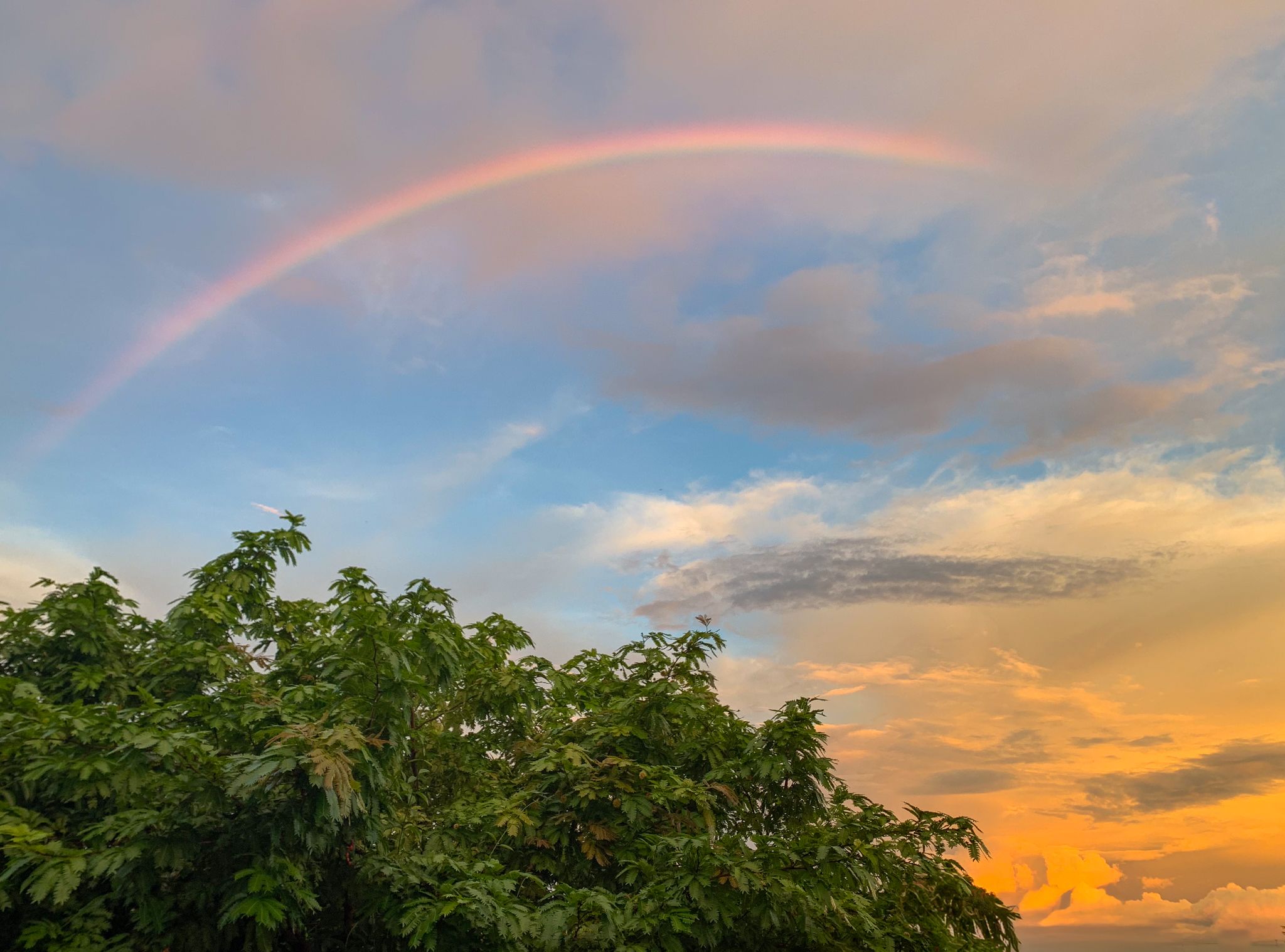
This work across the Amazon is supported by the Green Climate Fund through results-based payments, and by the UN-REDD Programme in advancing forest conservation and climate goals in the region.
Header collage: Photos by Leonardo Dall'Igna / UNDP Brazil
